Get your vehicle looking like new with these simple interior and exterior car detailing tips that you can do yourself.
Our editors and experts handpick every product we feature. We may earn a commission from your purchases.Learn more.
Get your vehicle looking like new with these simple interior and exterior car detailing tips that you can do yourself.
Our editors and experts handpick every product we feature. We may earn a commission from your purchases.Learn more.
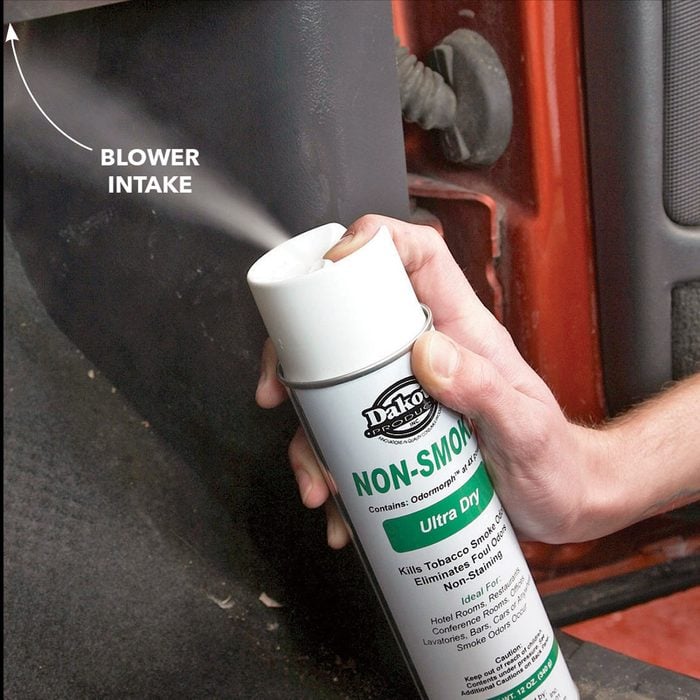
To neutralize tobacco smoke, buy an aerosol can of Dakota Non-Smoke. Holding the can 12 to 14 in. away from fabrics, lightly spray the headliner (don’t soak it), seats, door panels and carpet. Then turn the fan to high and switch the system to recirculate mode (“max. A/C” if you don’t have that option). Find the intake opening by holding a tissue near the blower motor. Then spray the mist into the opening. Leave the windows closed for at least one hour. Your vehicle will smell like baby powder for a while, but that’ll go away.
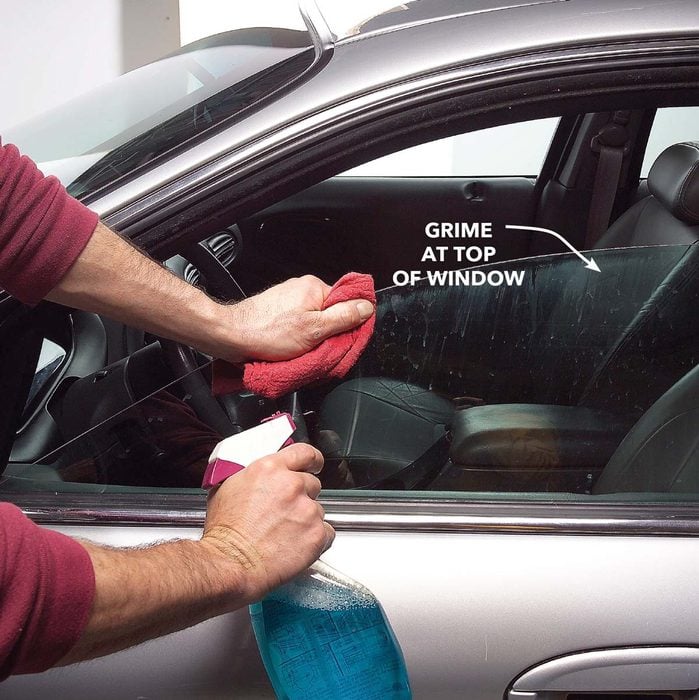
Ever notice that line of grime on the tops of windows when they’re partially rolled down? Most people overlook this detail when giving their vehicle a quick wash. A few minutes with Windex and a clean rag is all it takes.
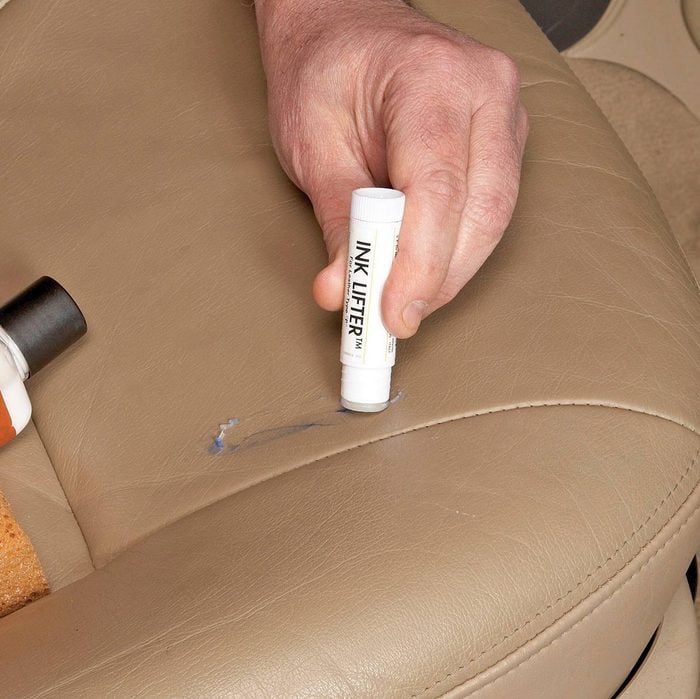
This may sound extreme, but if you’ve got leather upholstery, buy a leather-cleaning kit and keep it in the vehicle (one brand is Leather Master Leather Care Kit). Because, if you clean the oops right away, you really increase your chances of a complete cleanup. If you wait, lipstick, ink and dye transfers from clothing (and plastic shopping bags) can set permanently in as little as 24 hours.
Pretreat the leather with a conditioner before you start the stain removal process. Wipe the ink lifter directly on the pretreated leather and rub it in. Let it sit for 30 seconds, and wipe it with a clean cloth. Then apply leather cleaner and the leather protection cream.
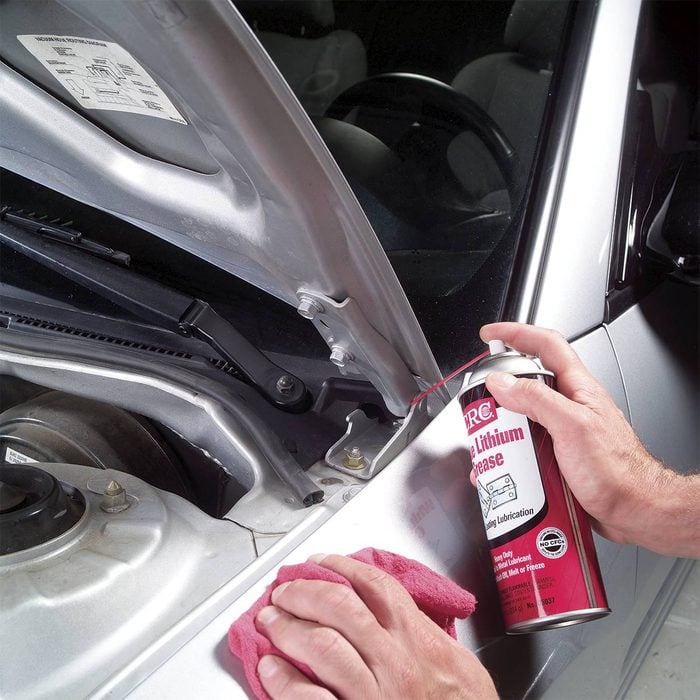
Wipe the hinge area with a clean rag and spray it with white lithium grease or a few drops of ordinary motor oil. Move the hinge several times to work the grease into the hinge. Be sure to get it into both sides of each hinge. Wipe away the excess to keep it from collecting debris.
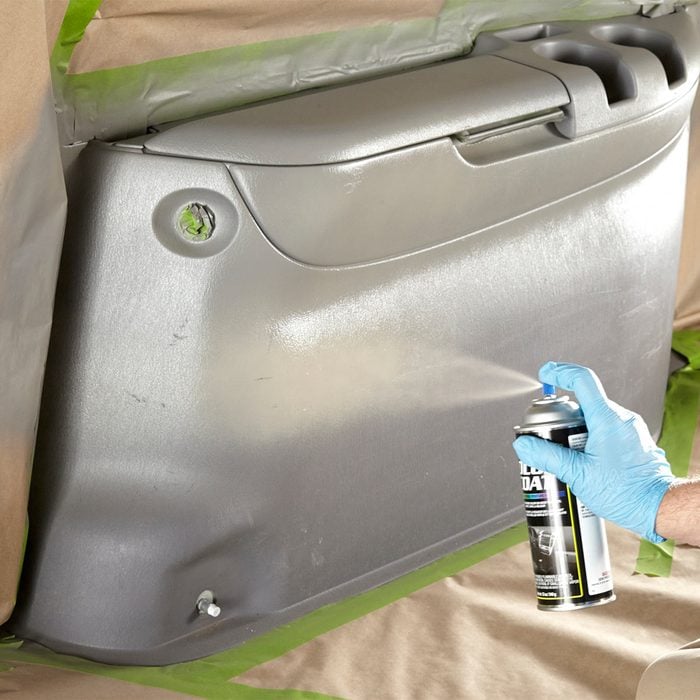
Spray on several light coats of colorant (Color Coat is shown), allowing 5 to 10 minutes between coats. Let the colorant dry for 24 hours before using.
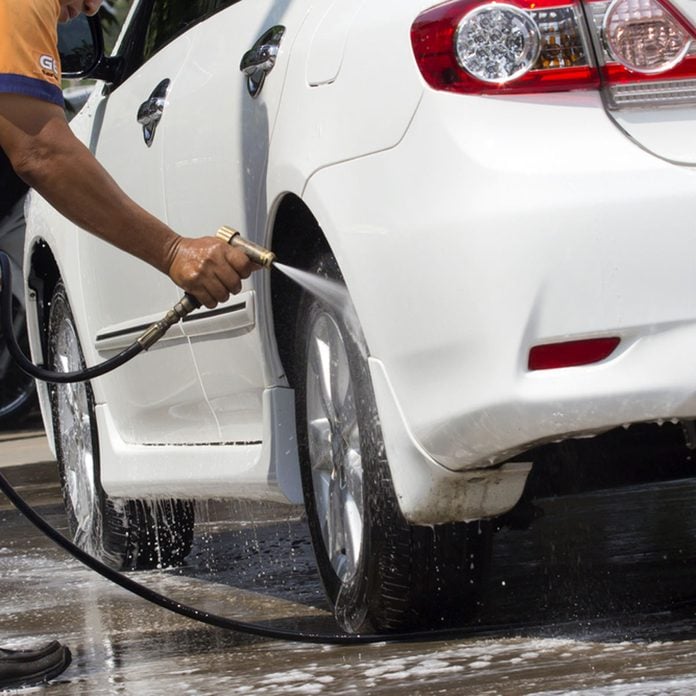
If you hit your dry paint with soapy water, you’ll just grind the surface dust and road grit into your paint finish. Professional detailers always start with a clear water rinse to remove as much dust and dirt as possible.
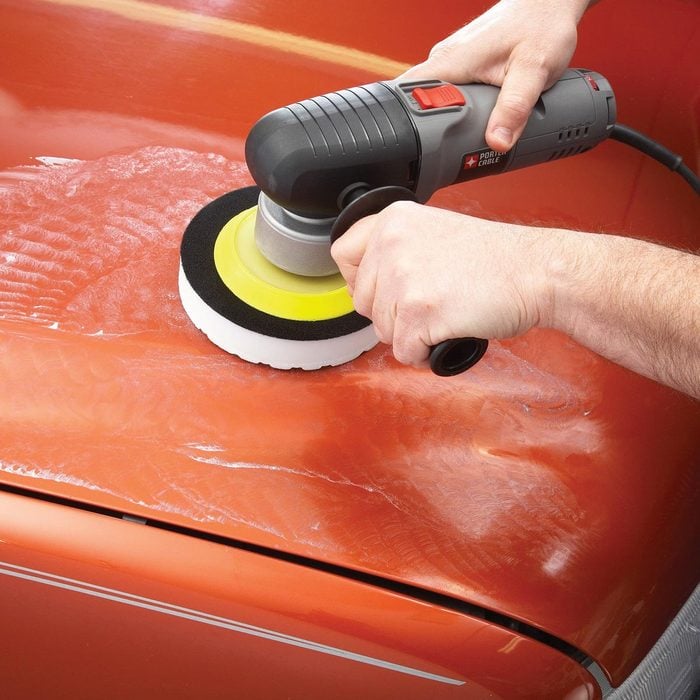
Many car owners confuse polishing with waxing. But they’re separate steps. Polishing removes small surface imperfections and scratches and buffs the finish to a shine. Waxing adds more gloss and protects the finish from the elements. Here, find out the difference between car polish and wax.
Most DIYers skip polishing because they don’t want to invest the money for a polisher or the elbow grease for a hand polish. But polishing your vehicle’s finish is the key to getting the best gloss (pros would never skip it).
Apply a dollop of polish to the pad and wipe the pad across a 2 x 2-ft. area. Run the polisher at a slow speed to spread the compound over the entire area for the best car cleaner. Then boost the speed and let the polisher do the work for you. Don’t forget to check out the best car vinyl cleaners.
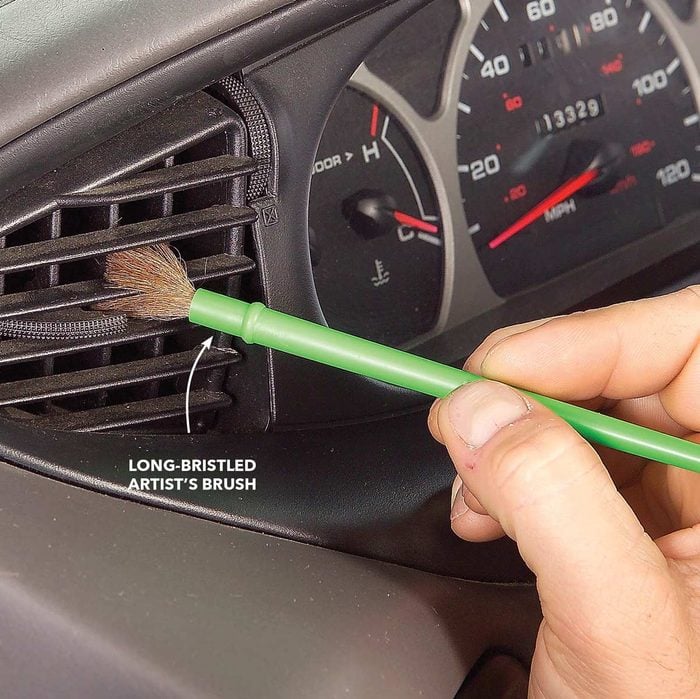
These louvers are a real magnet for dust, and a vacuum with a brush attachment just won’t get it all. Take an inexpensive artist’s paintbrush and give it a light shot of furniture polish. Work the brush into the crevices to collect the dust. Wipe the brush off with a rag and move on to the next one.
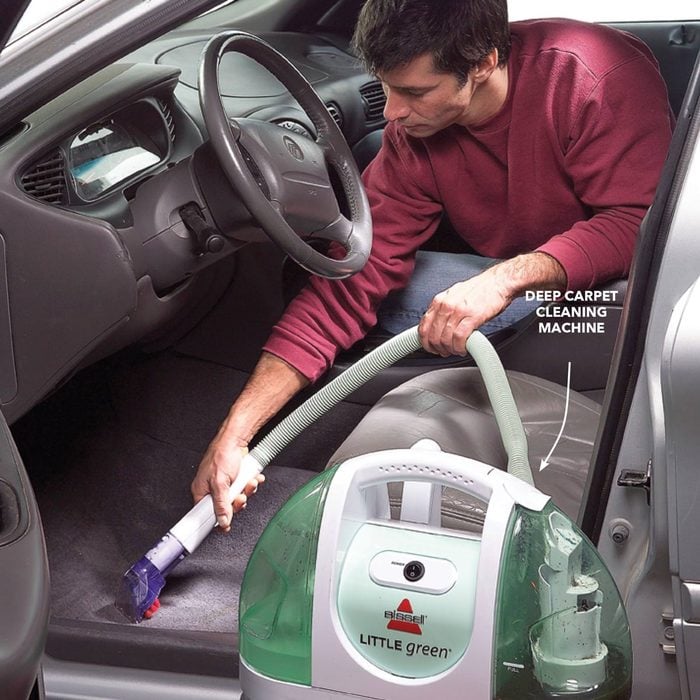
Use a carpet cleaning machine to get the deep dirt that settles into the fibers of the carpet. (Clean cloth seats this way as well.) It sprays the carpet with a solution of water and cleaner and then sucks the dirt and grime into a reservoir. A machine like this pays for itself after just a few uses. You can also rent one from a rental center or use a spray-on cleaner and a scrub brush instead.
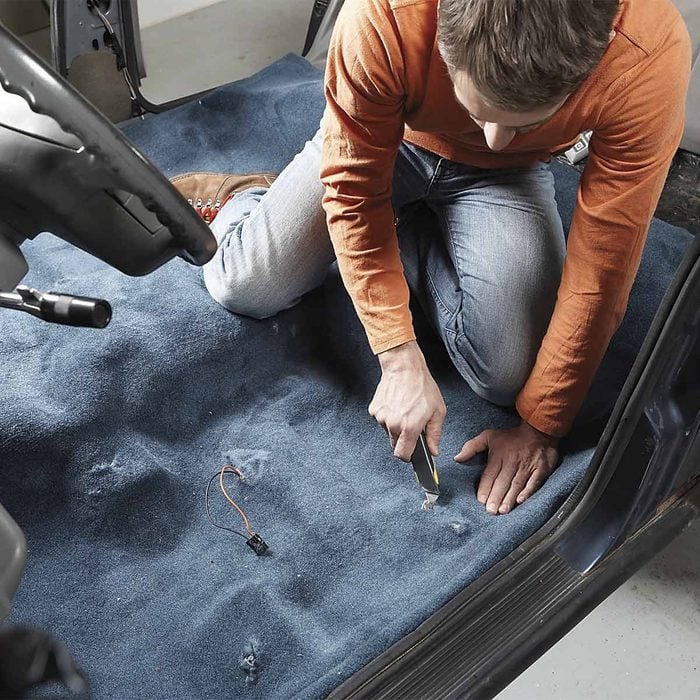
You got a great deal on a “preowned” vehicle, but the carpeting in the car is simply a disaster. It’s too far gone for stain removers—new carpeting is the best solution. You can buy preformed carpet specifically for your car’s make, model and color and install carpet yourself. In most cases, it’ll only cost about $200 and take an afternoon to install.
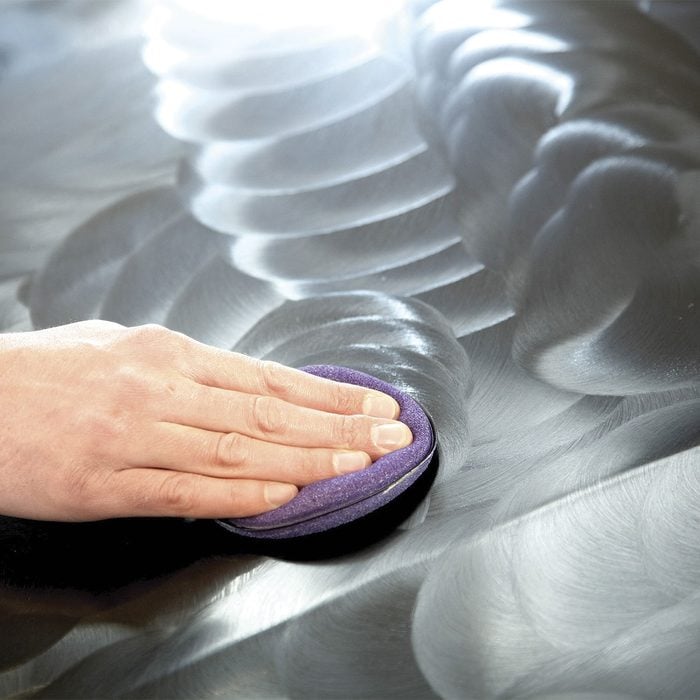
Paint sealant is a good idea, but you can easily apply it yourself and save the cost of a dealer or detailing specialist application.
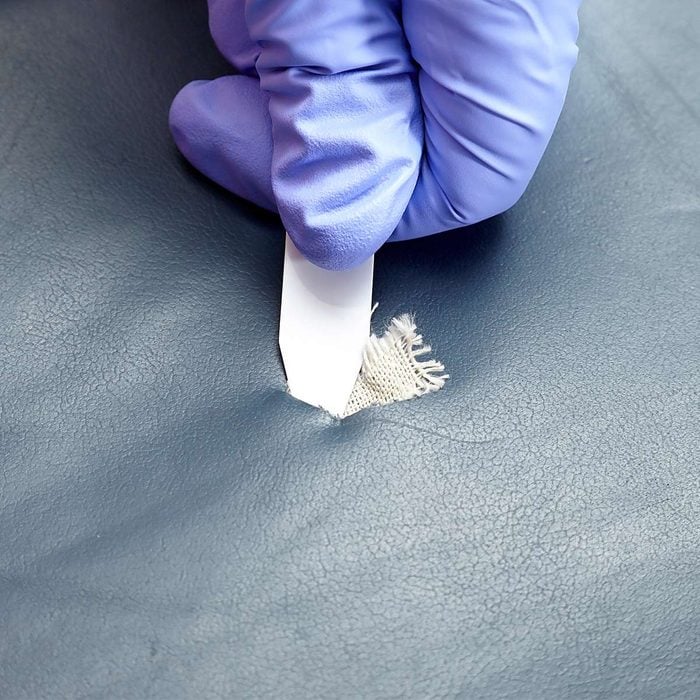
A leather/vinyl repair kit is inexpensive, and the repair takes only an hour. But don’t expect perfection. You’ll still see the tear, and you probably won’t get a perfect color match. However, this fix will contain the tear and look better than a gaping hole.
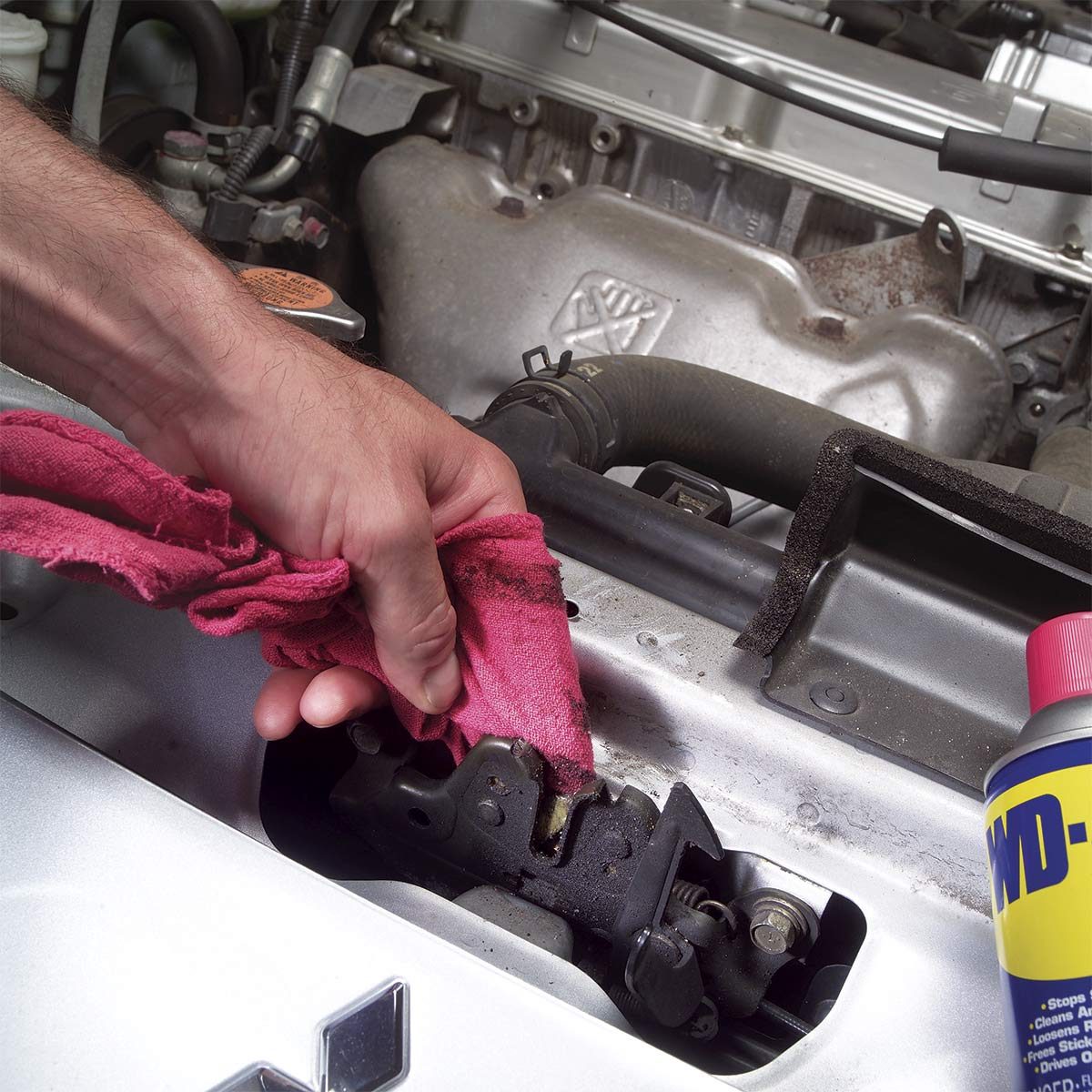
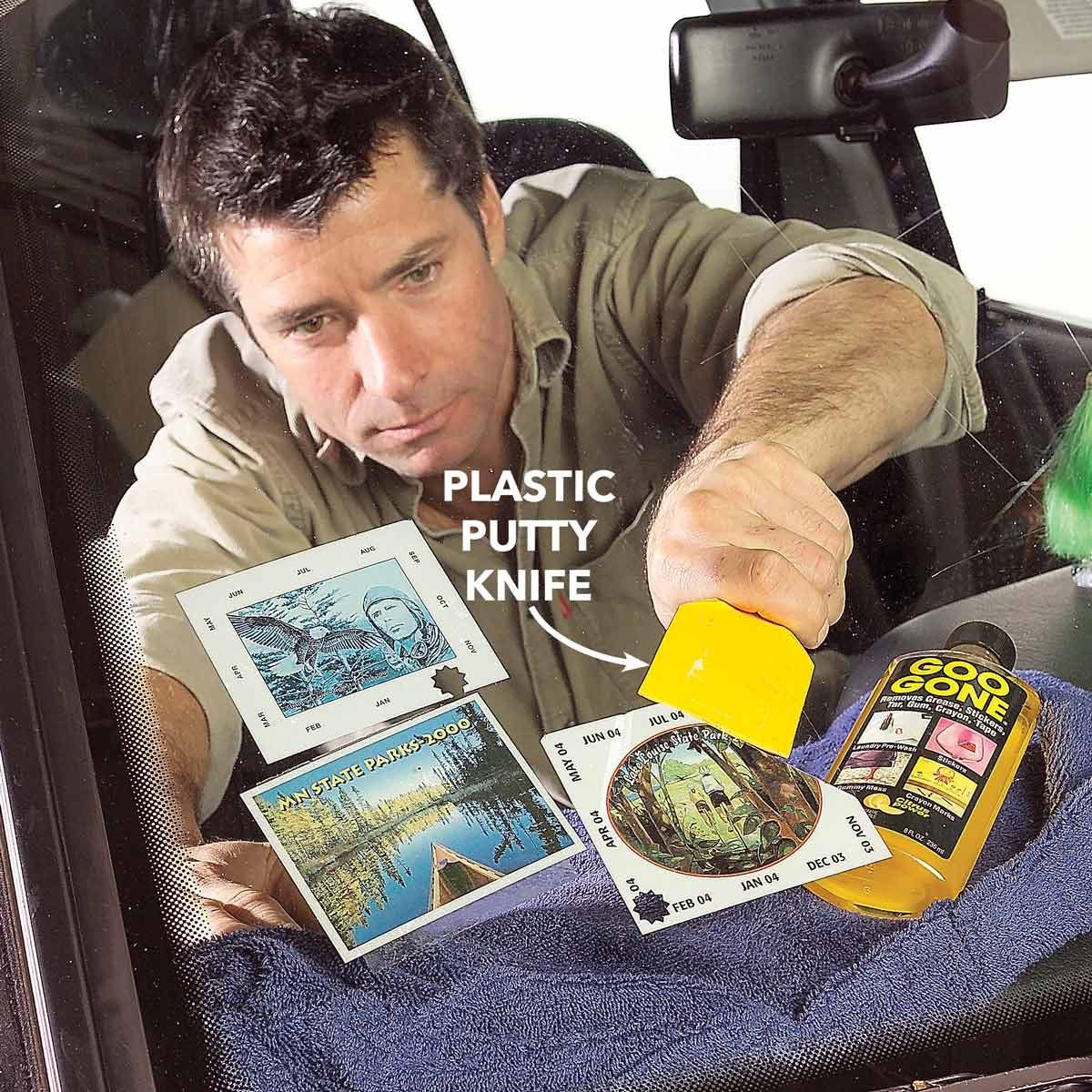
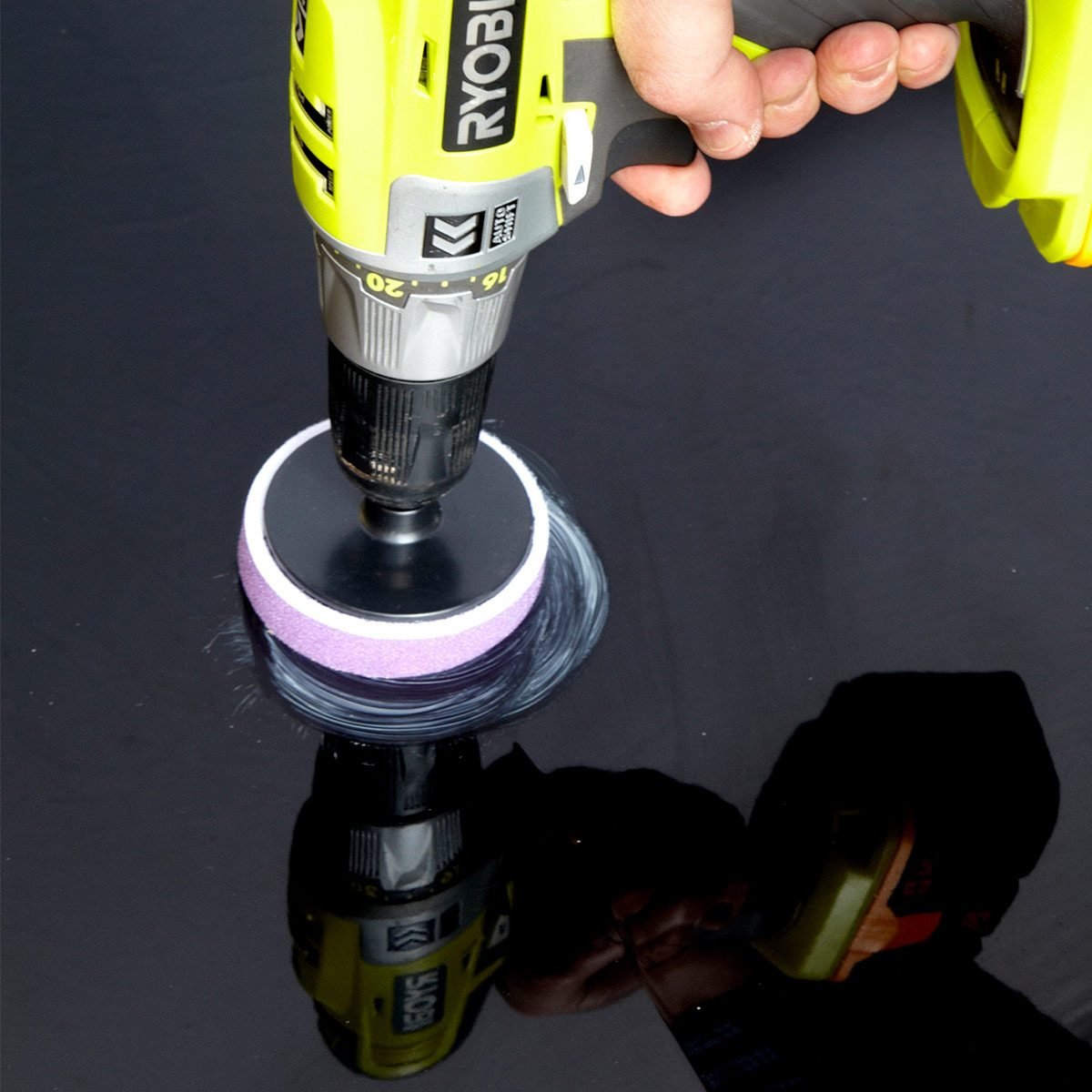
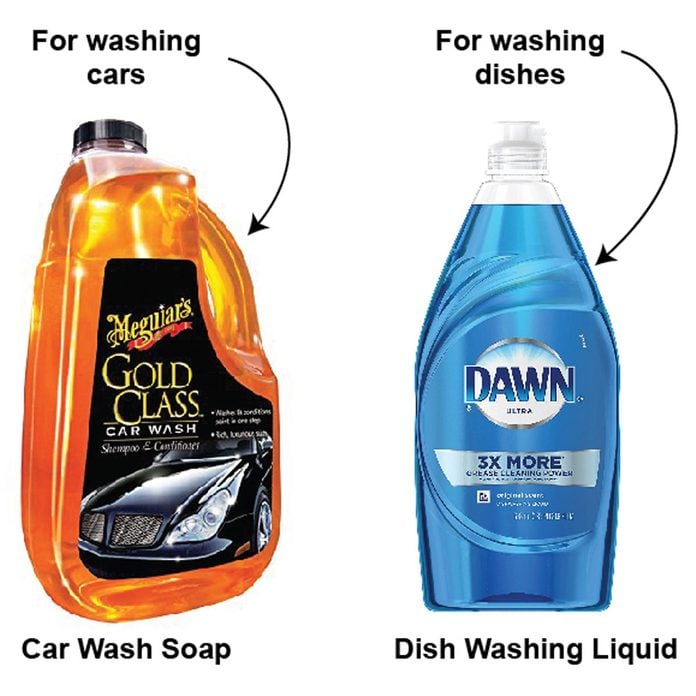
Dishwashing liquid is the go-to choice for most DIYers. But it shouldn’t be. Dishwashing detergent is simply too harsh for auto detailing. It sucks important oils out of your car’s finish and can actually shorten the life of your paint. Wondering if you might be using the wrong cleaning products inside your home? Check out our list of the best household cleaning supplies and products.
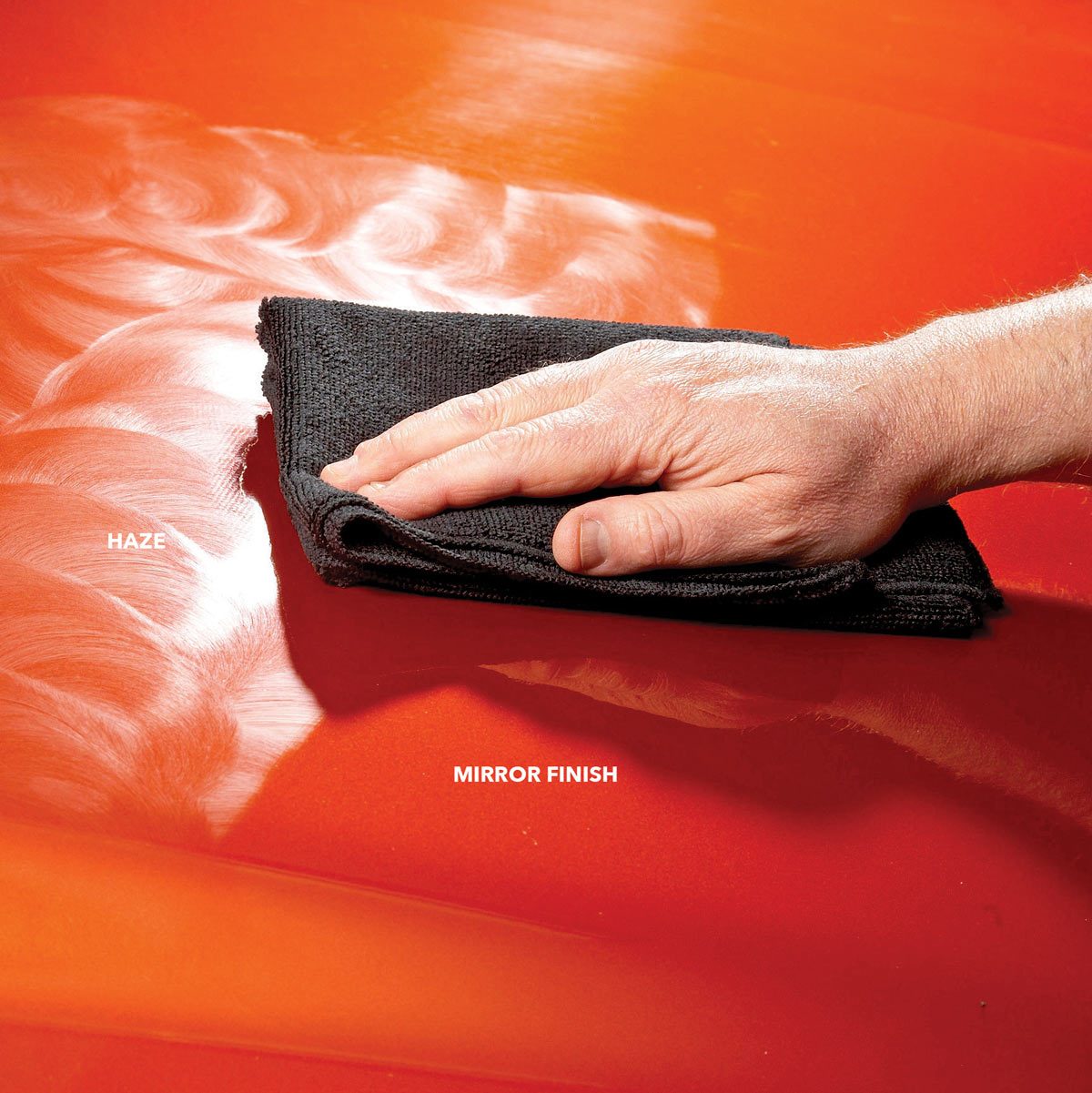
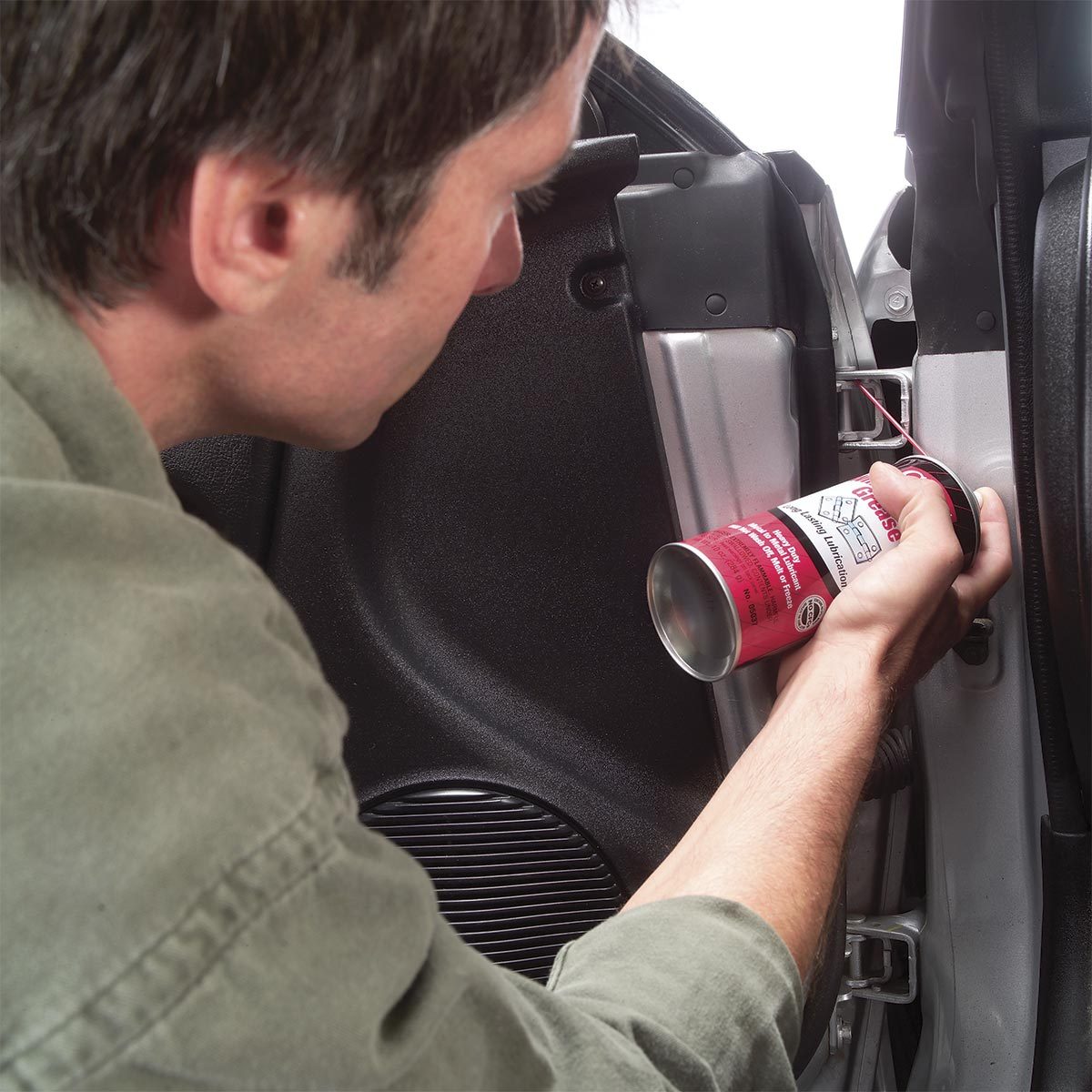
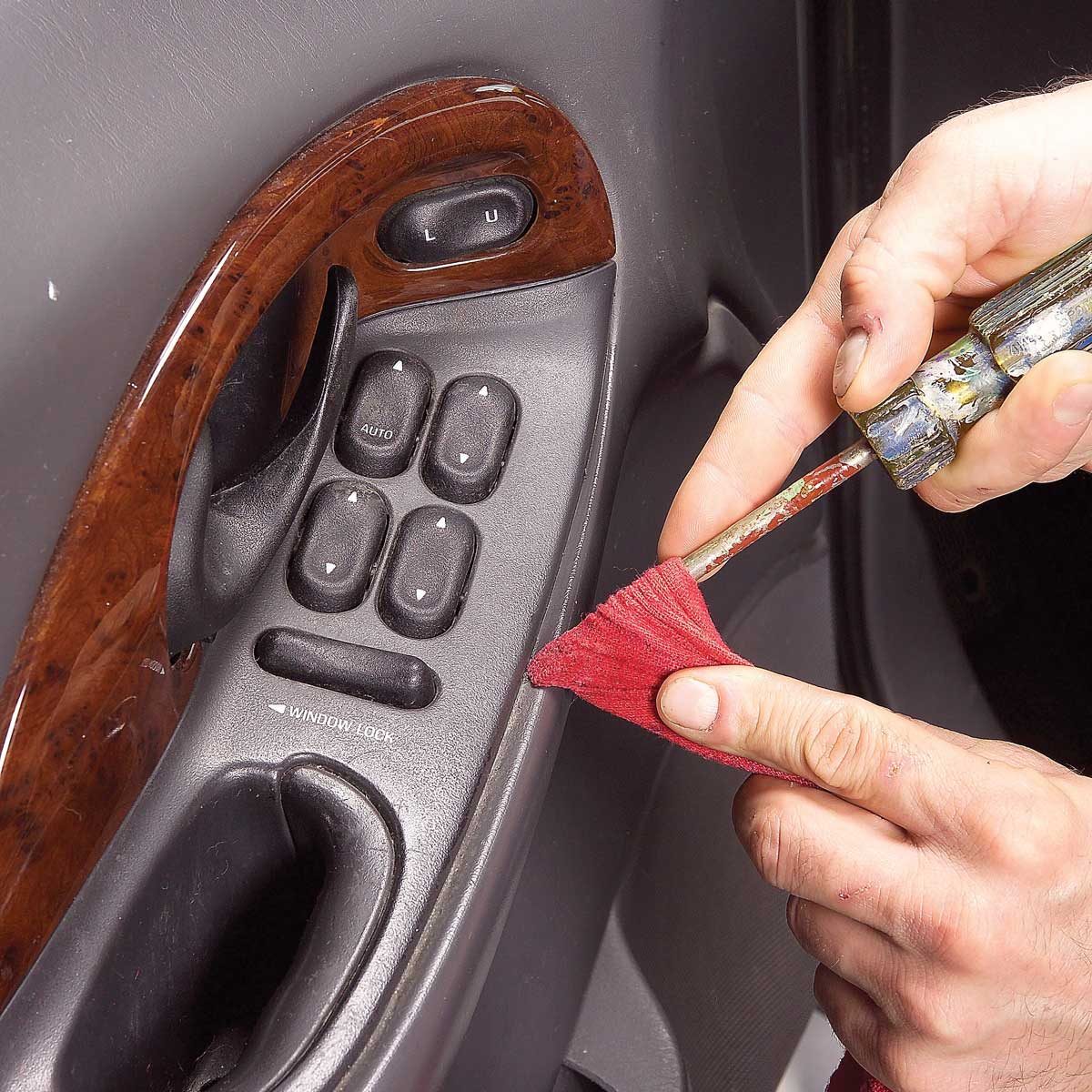
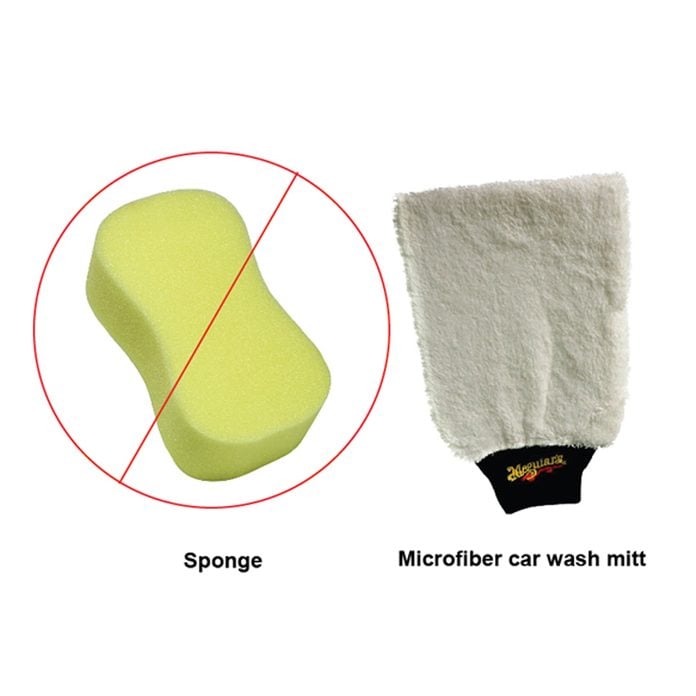
Sponges capture and hold dirt and grit in their large pores. You can wring it out, but the grit will stay put when car cleaning. Once grit is embedded, you may as well wash your car with sandpaper. Detailers use a microfiber car wash mitt because the grit falls out when you rinse, it’ll make a do it yourself car wash that much better.
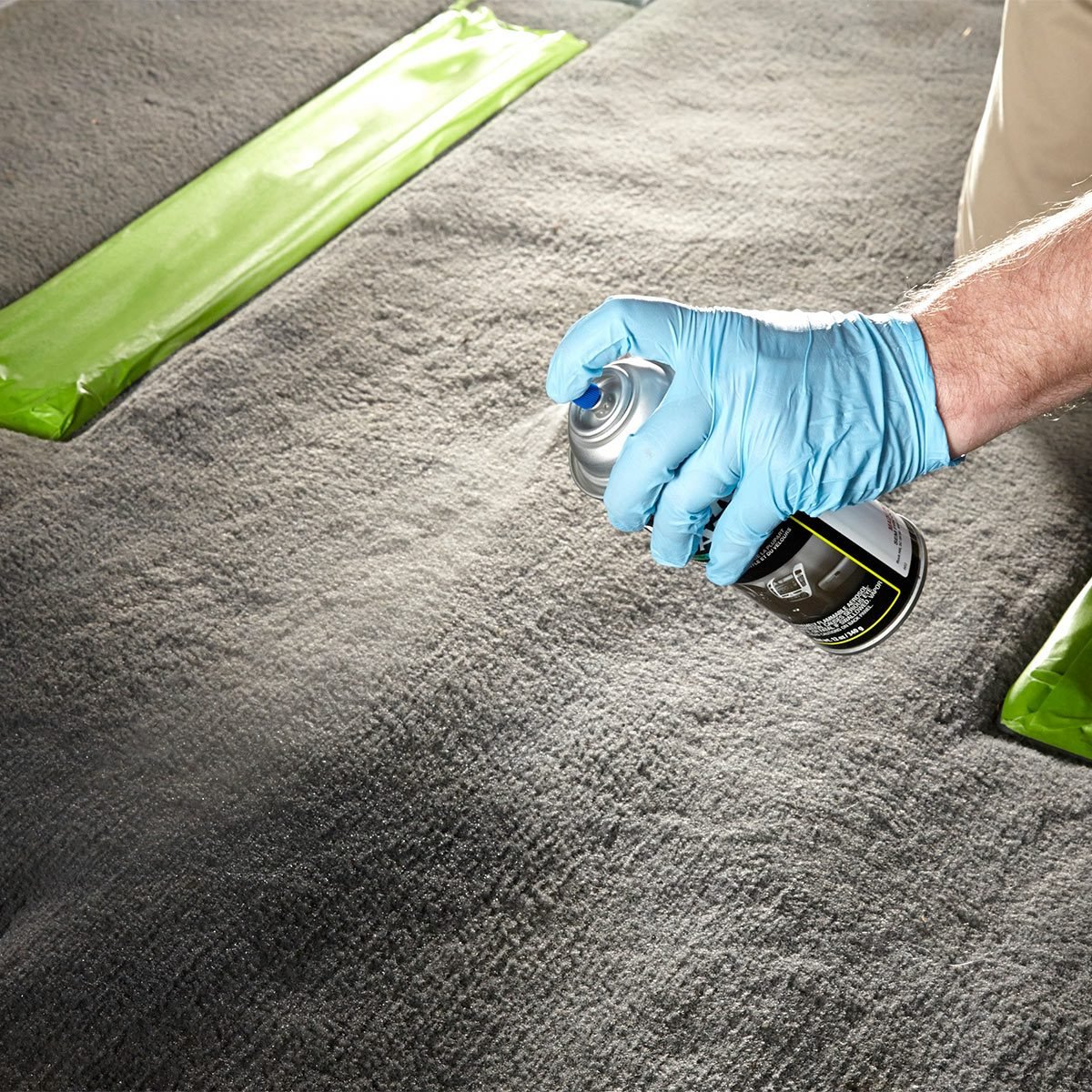
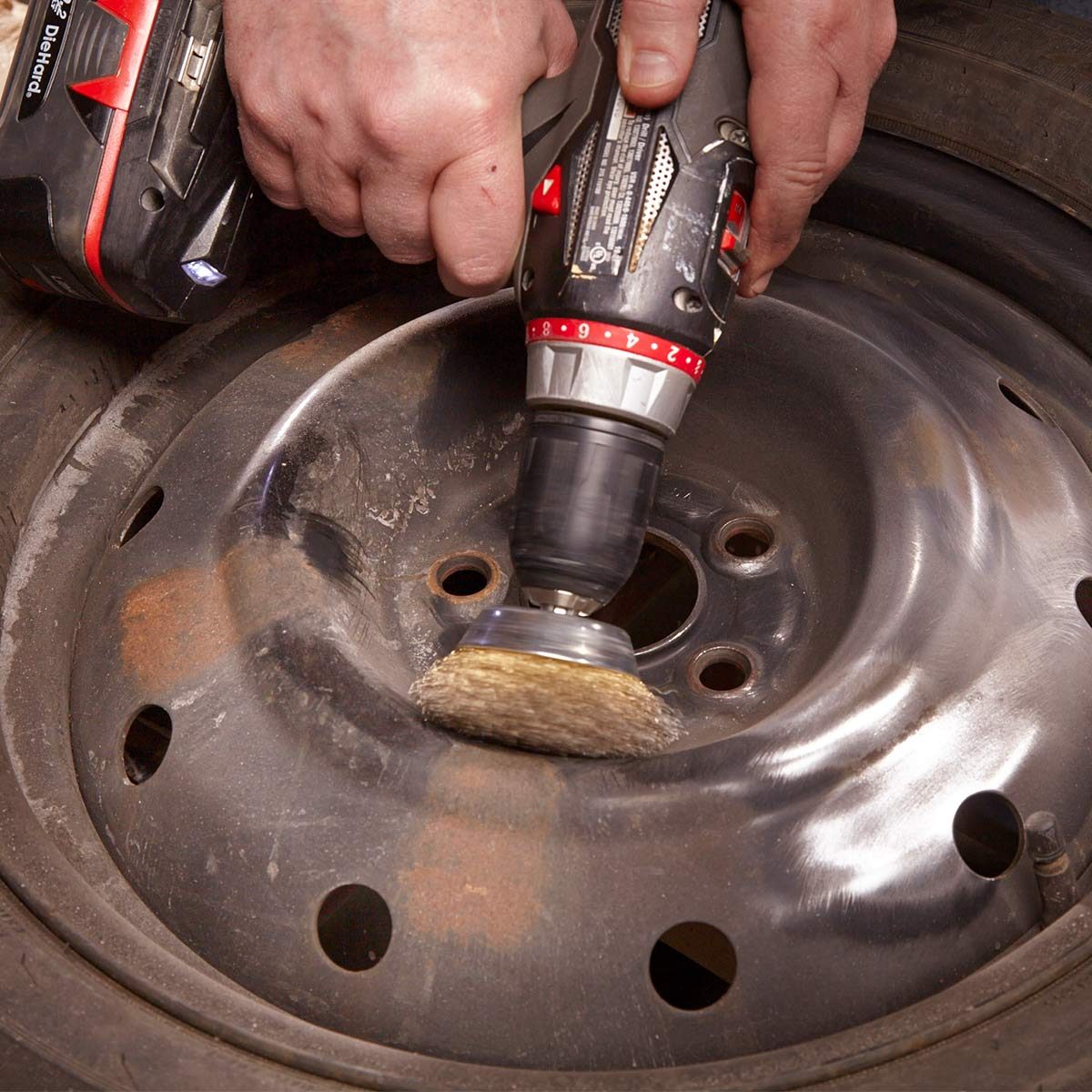
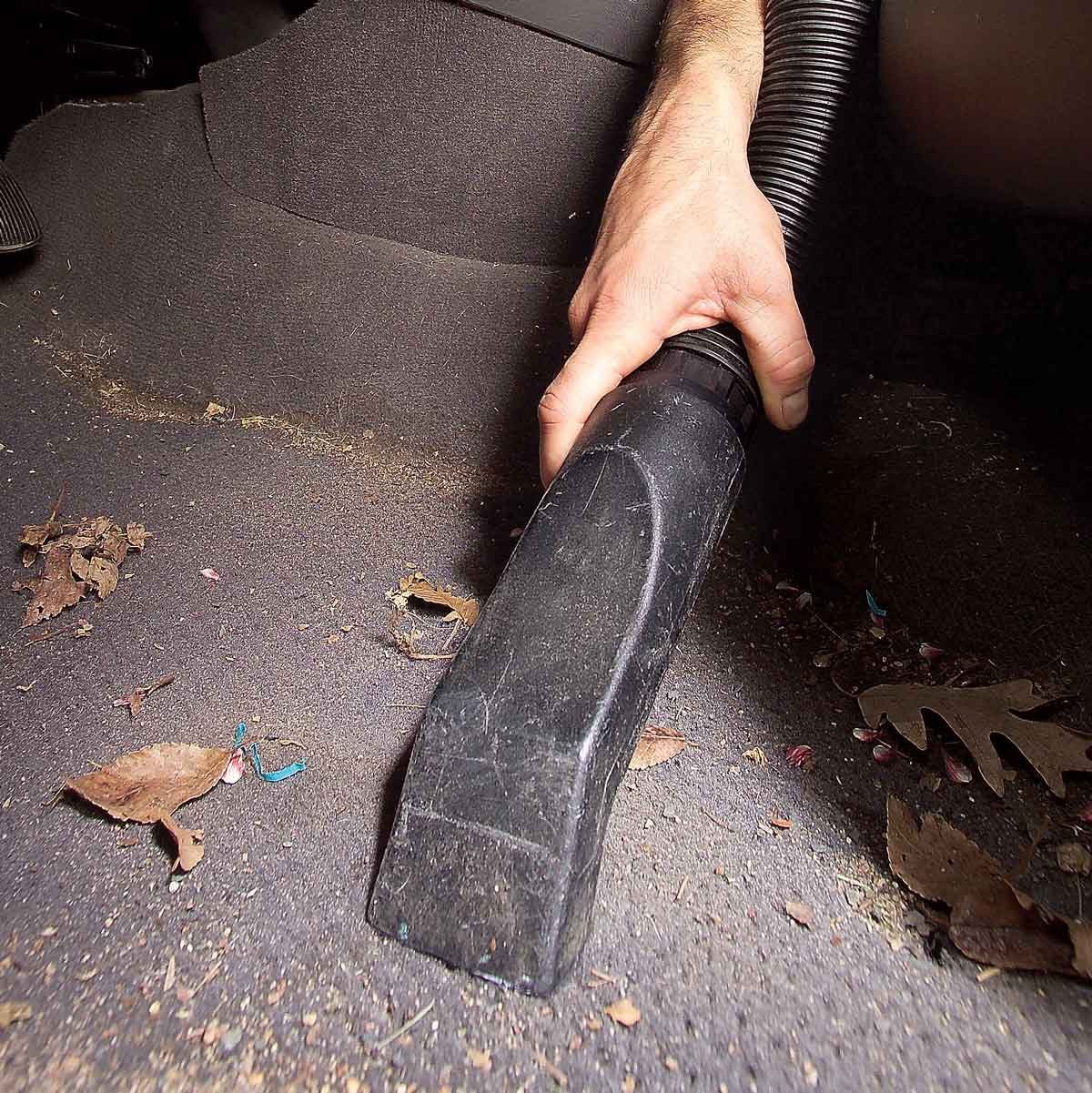
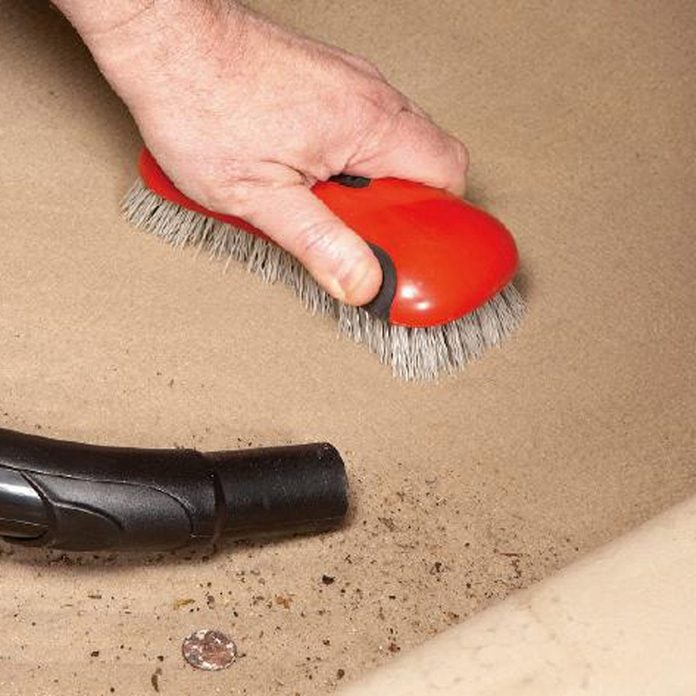
Automotive carpet doesn’t like to let go of dirt when you’re car cleaning. If you just vacuum it, you’ll leave plenty behind. To remove more dirt, detailers use a stiff brush and scrub the carpet as they vacuum. You’ll see the dirt particles bounce to the surface so you can suck them up with your shop vacuum as part of your auto detailing.
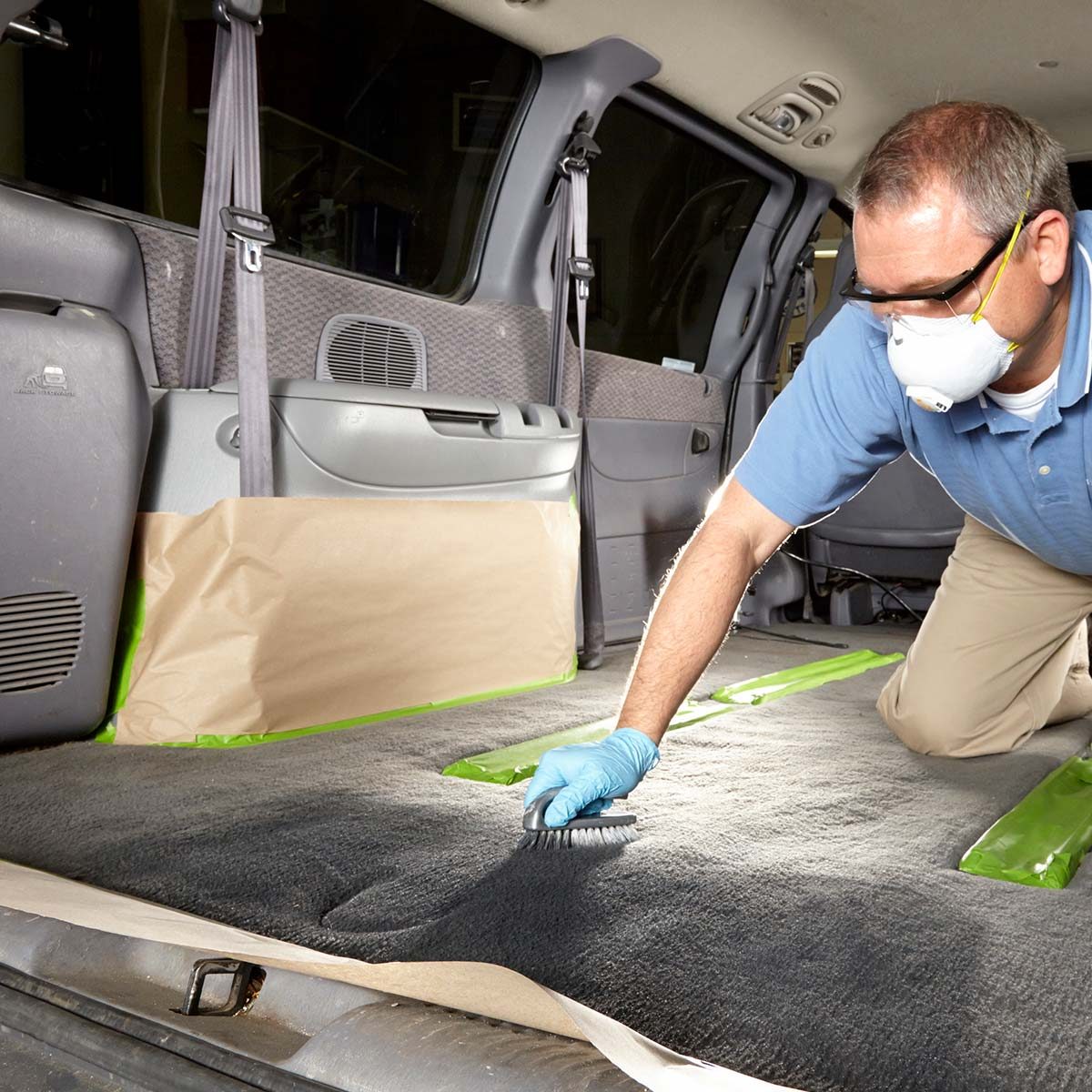
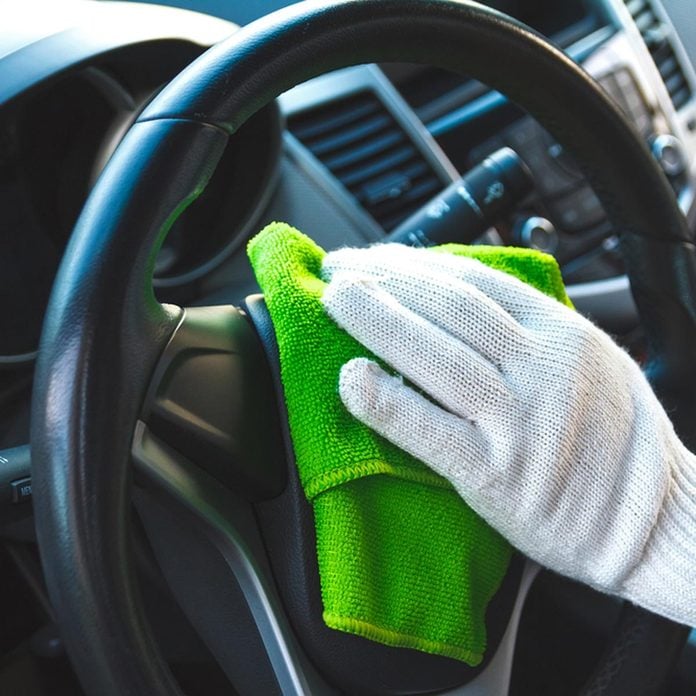
DIYers usually start by vacuuming the carpet when car cleaning. That just pushes dirt from the dash, seats and door panels back onto your freshly cleaned carpet. Professional detailers start at the top and work their way down to the carpet when detailing cars.
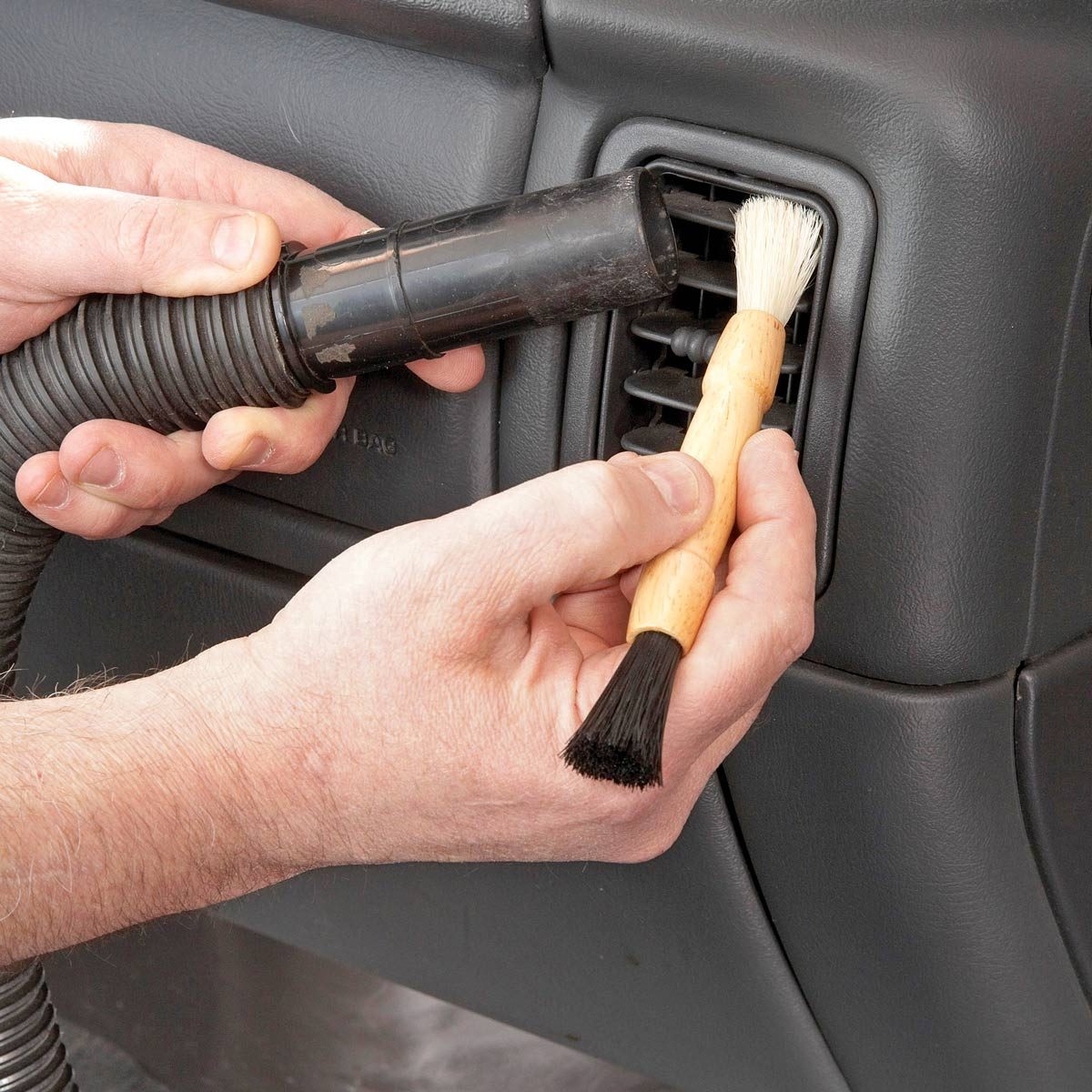
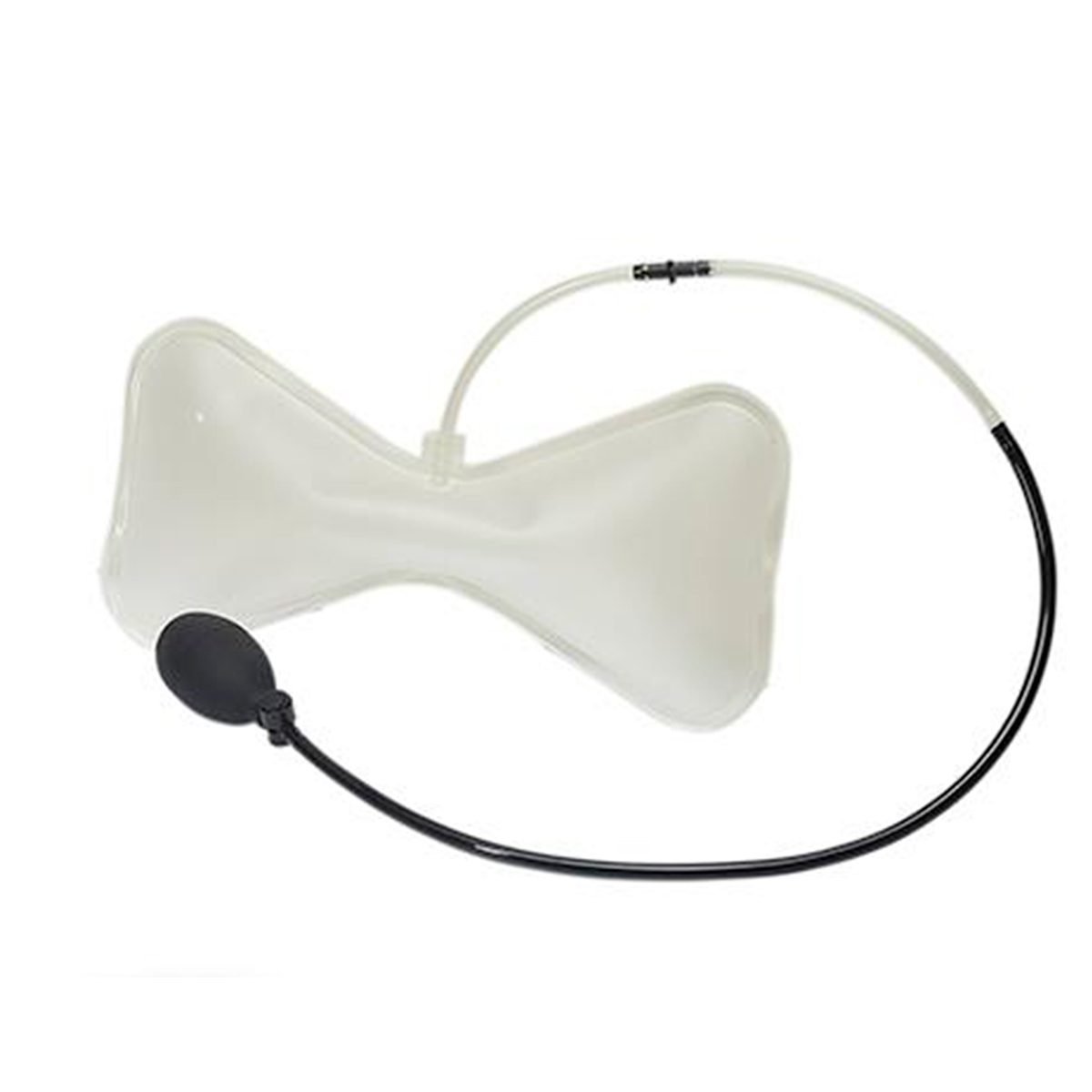
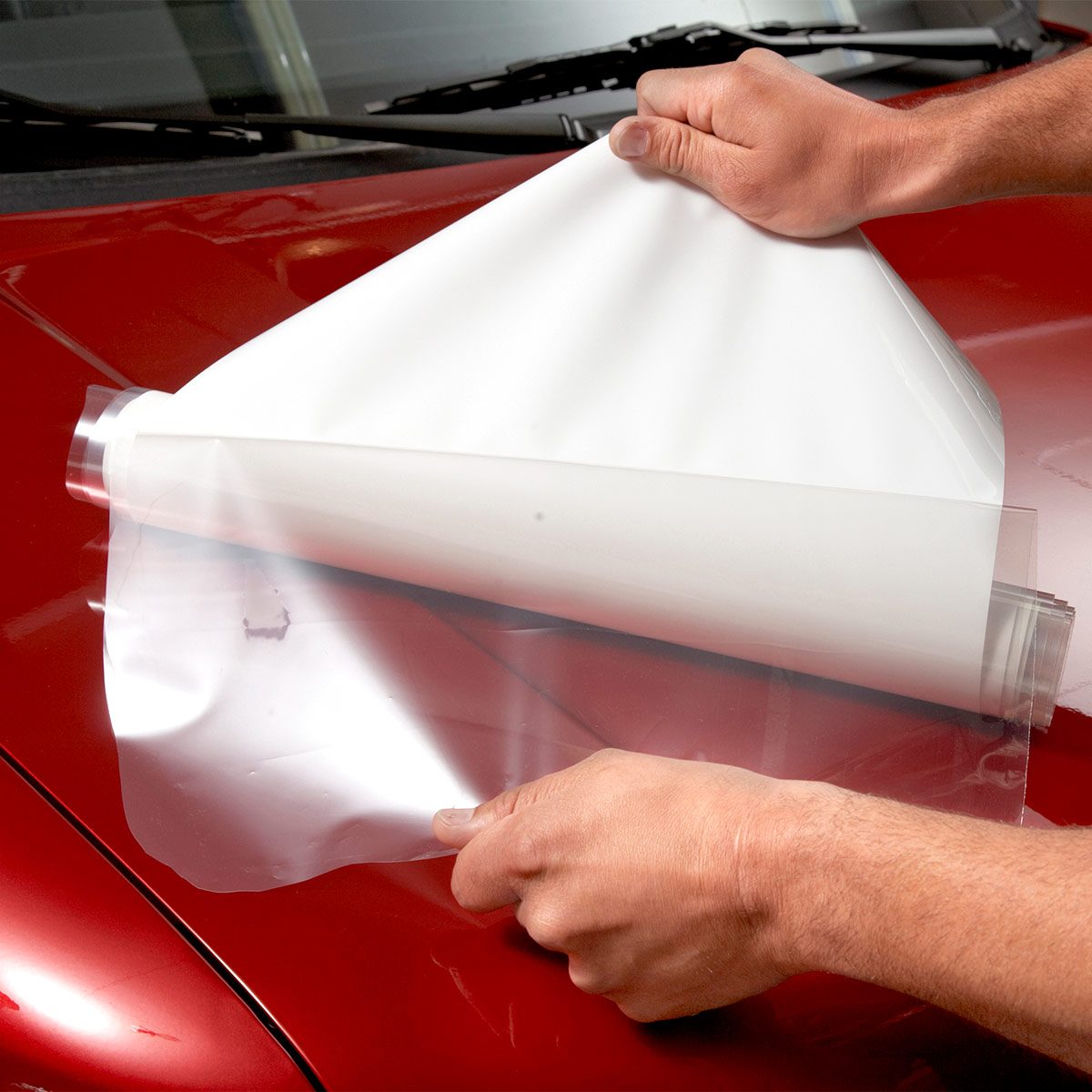
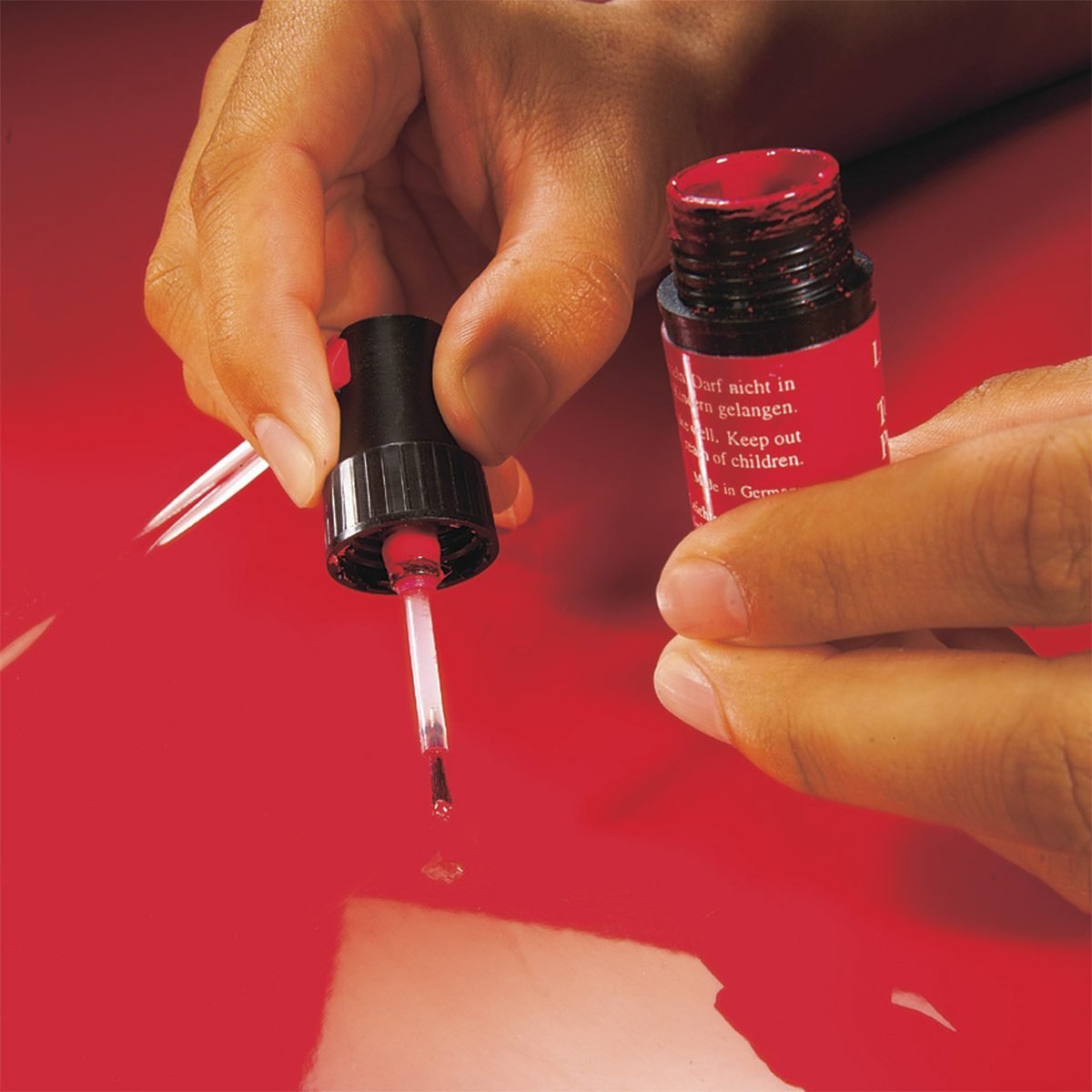

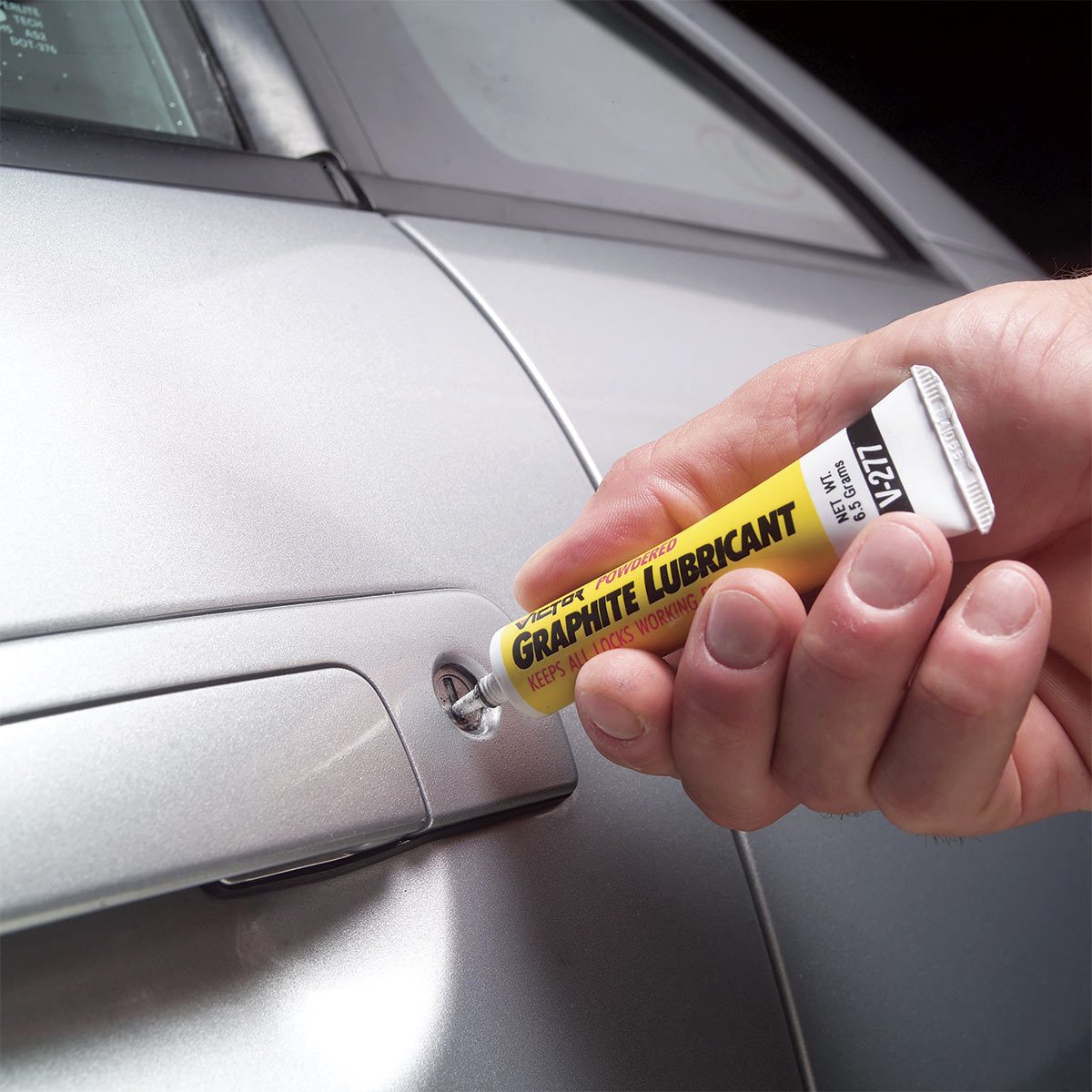

Chamois soak up water, but they don’t pick up any grit that’s left after rinsing. Instead, they just grind those particles into your paint. A microfiber towel, on the other hand, collects the particles. Rinse the towel in clean water to remove the grit. Then wring and keep drying during your DIY car wash. Here’s why microfiber cleaning cloths work so well.
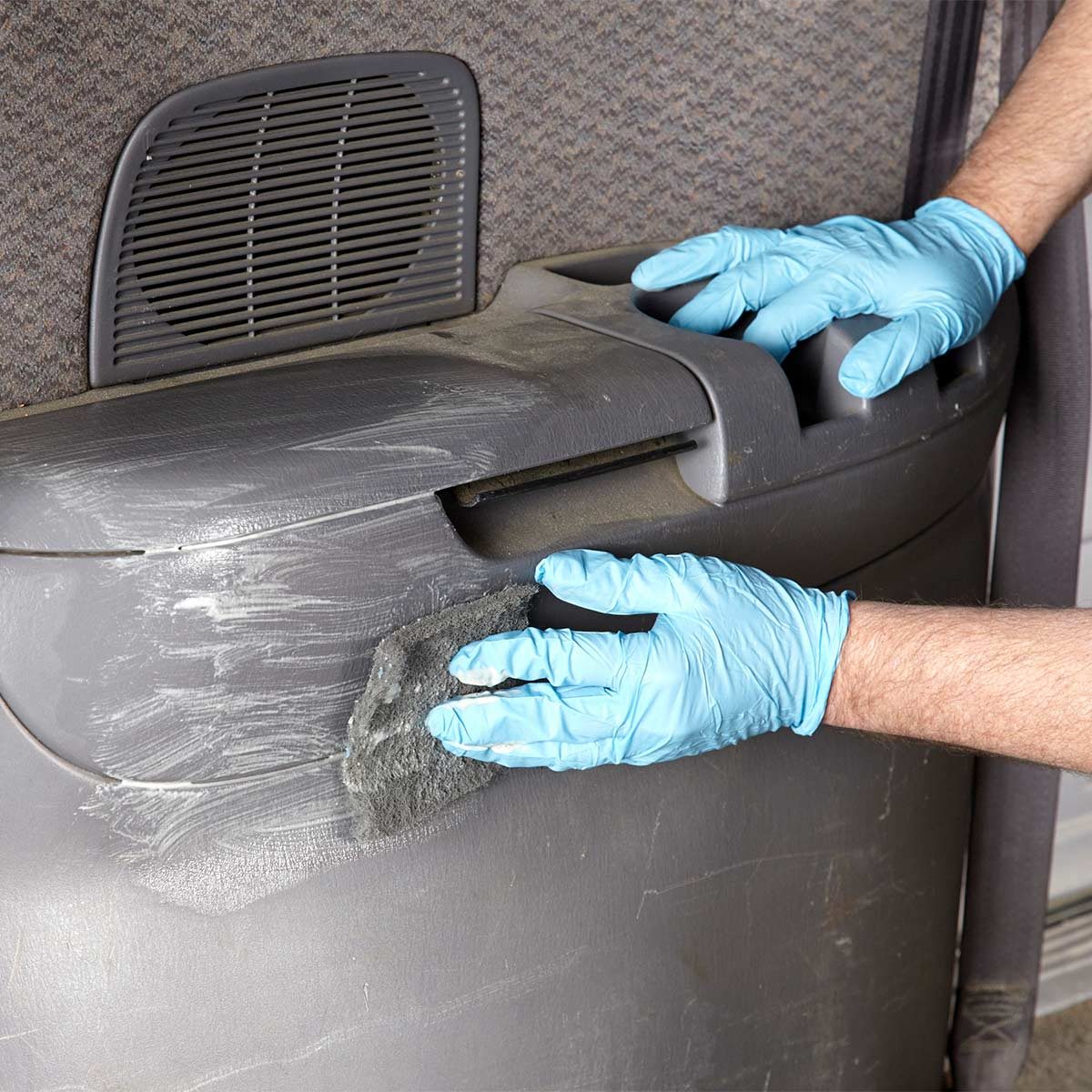
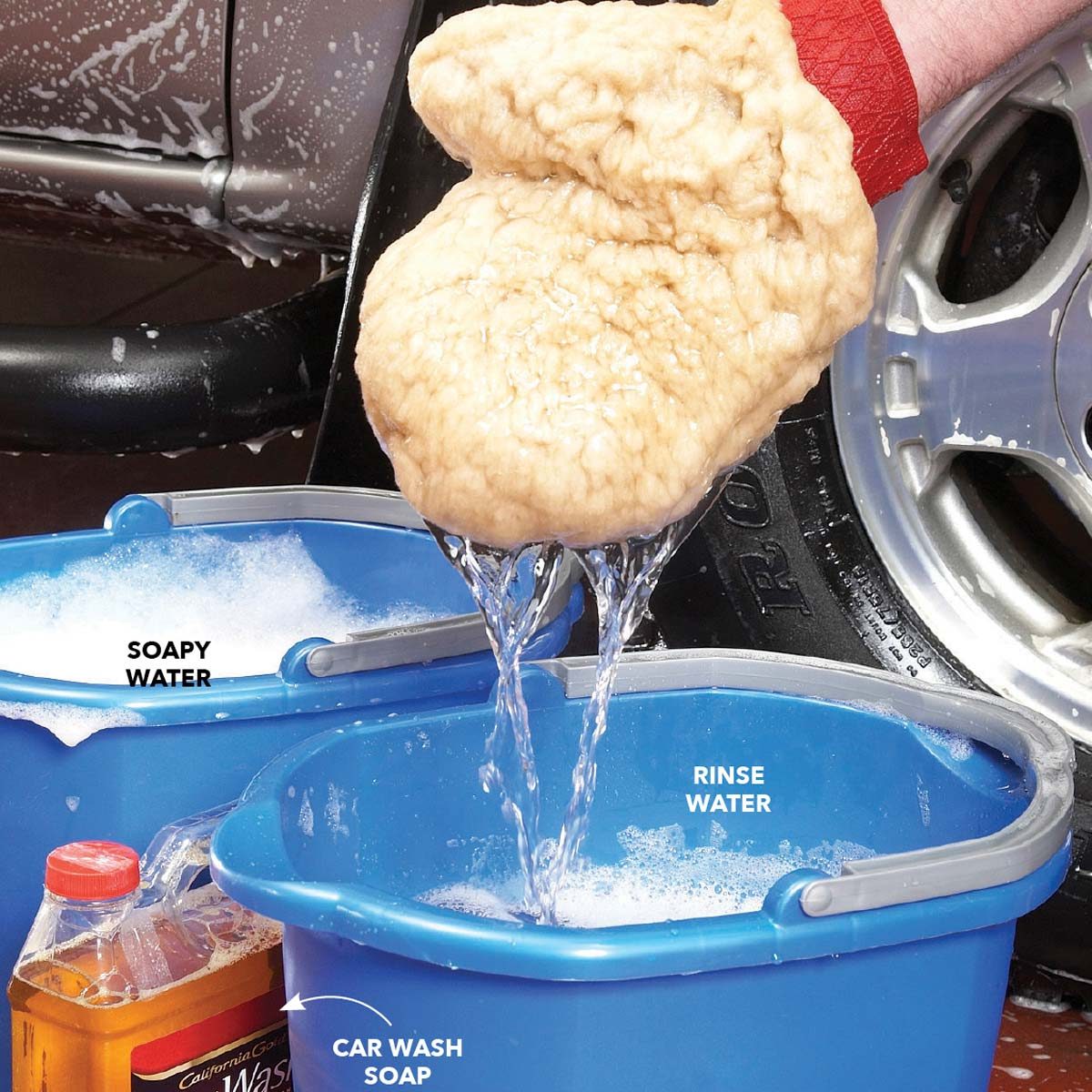
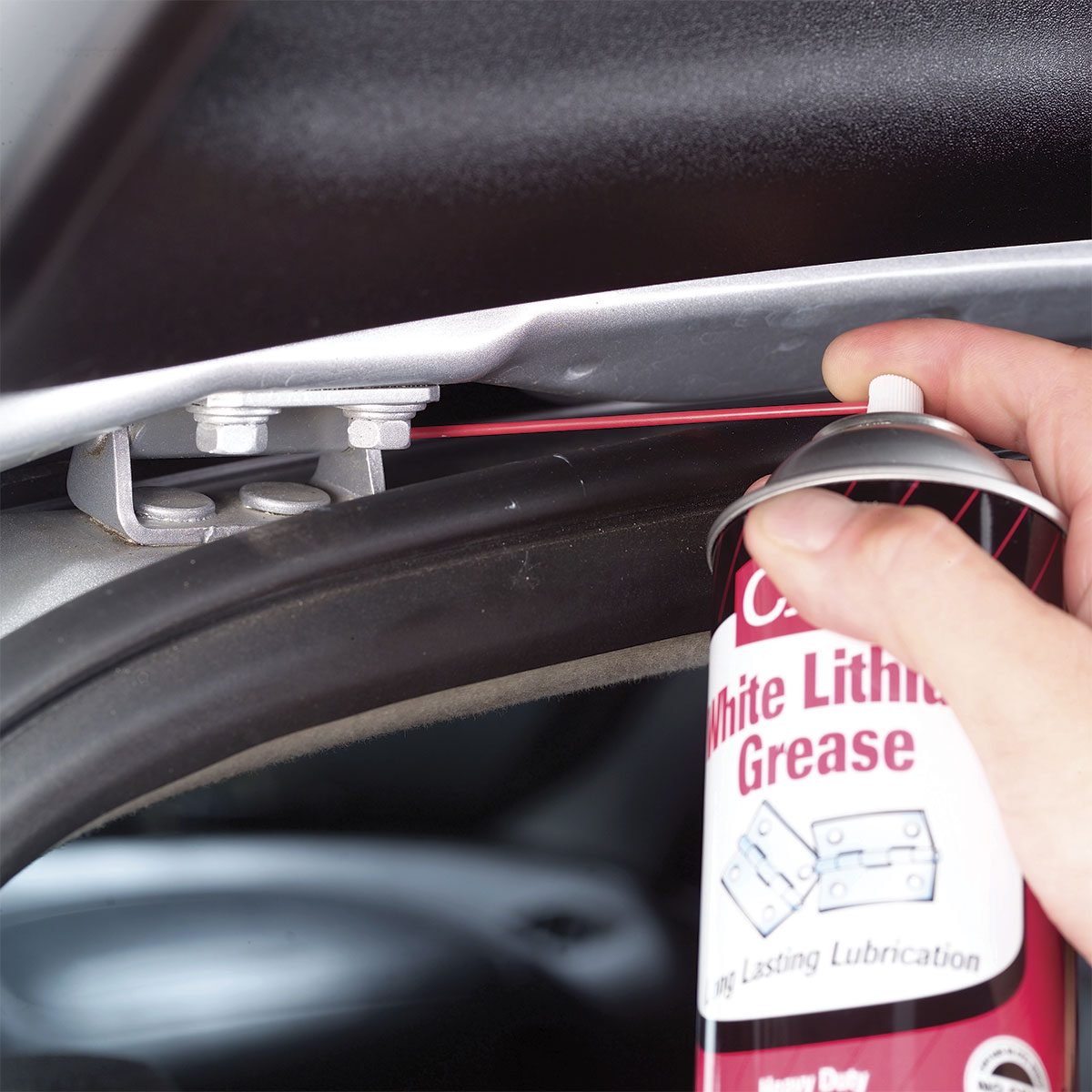
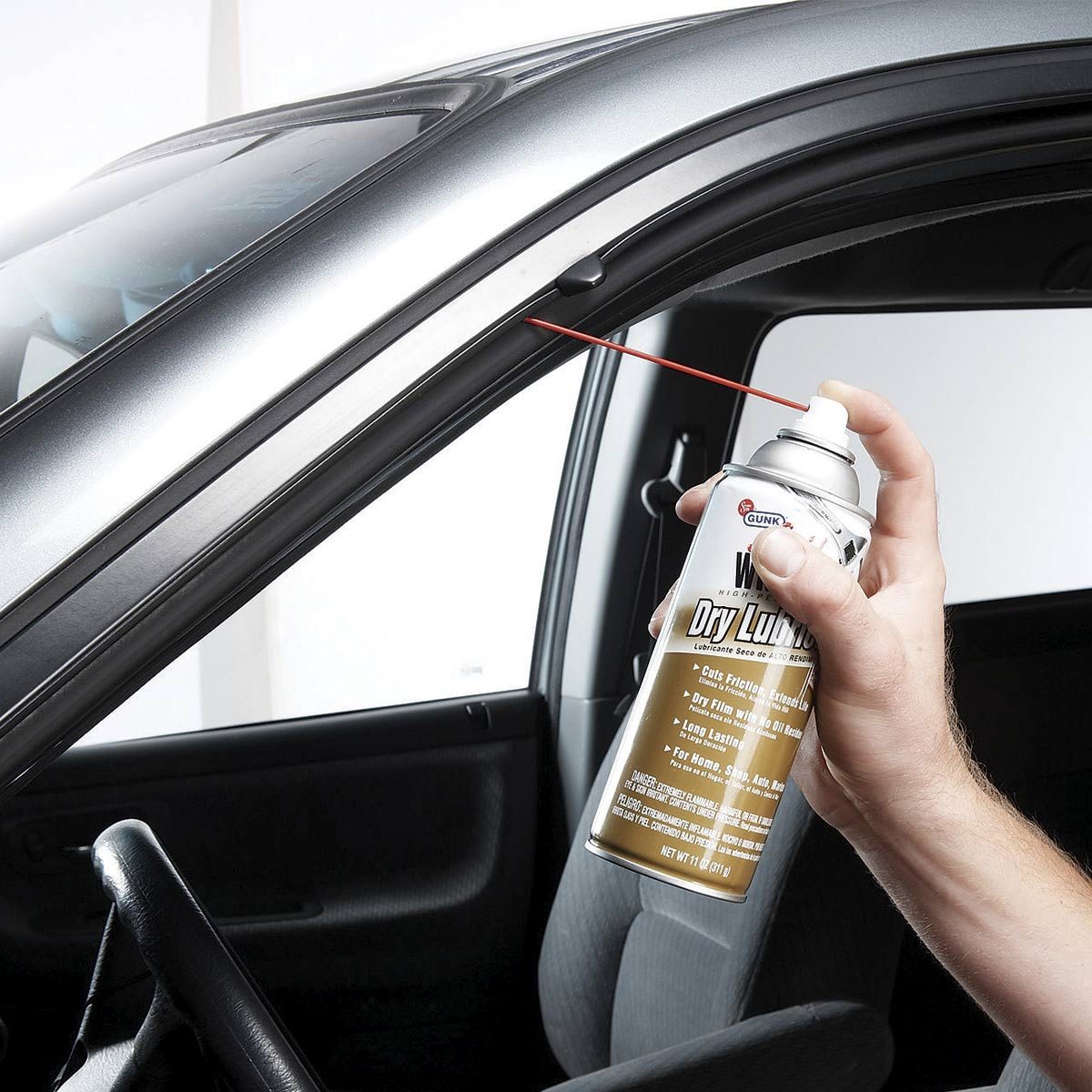

Detailers wouldn’t be caught dead without a dual-action polisher. Don’t confuse this incredible tool with a high-speed buffer! Buffers run at much higher speeds and can burn the paint right off your car if you stay in one place too long or press too hard when auto detailing. Polishers are different. They run at lower speeds and oscillate as they rotate. Any DIYer can get the hang of polishing in just a few minutes. Polishing before waxing makes a huge difference, so your investment really pays off.
One more polishing tip from professional detailers—apply the polish to the machine’s pad. Then wipe the pad across your paint. That’ll prevent all the polish from flinging off the pad as soon as you hit the trigger. Learn how to repair chipped paint yourself.
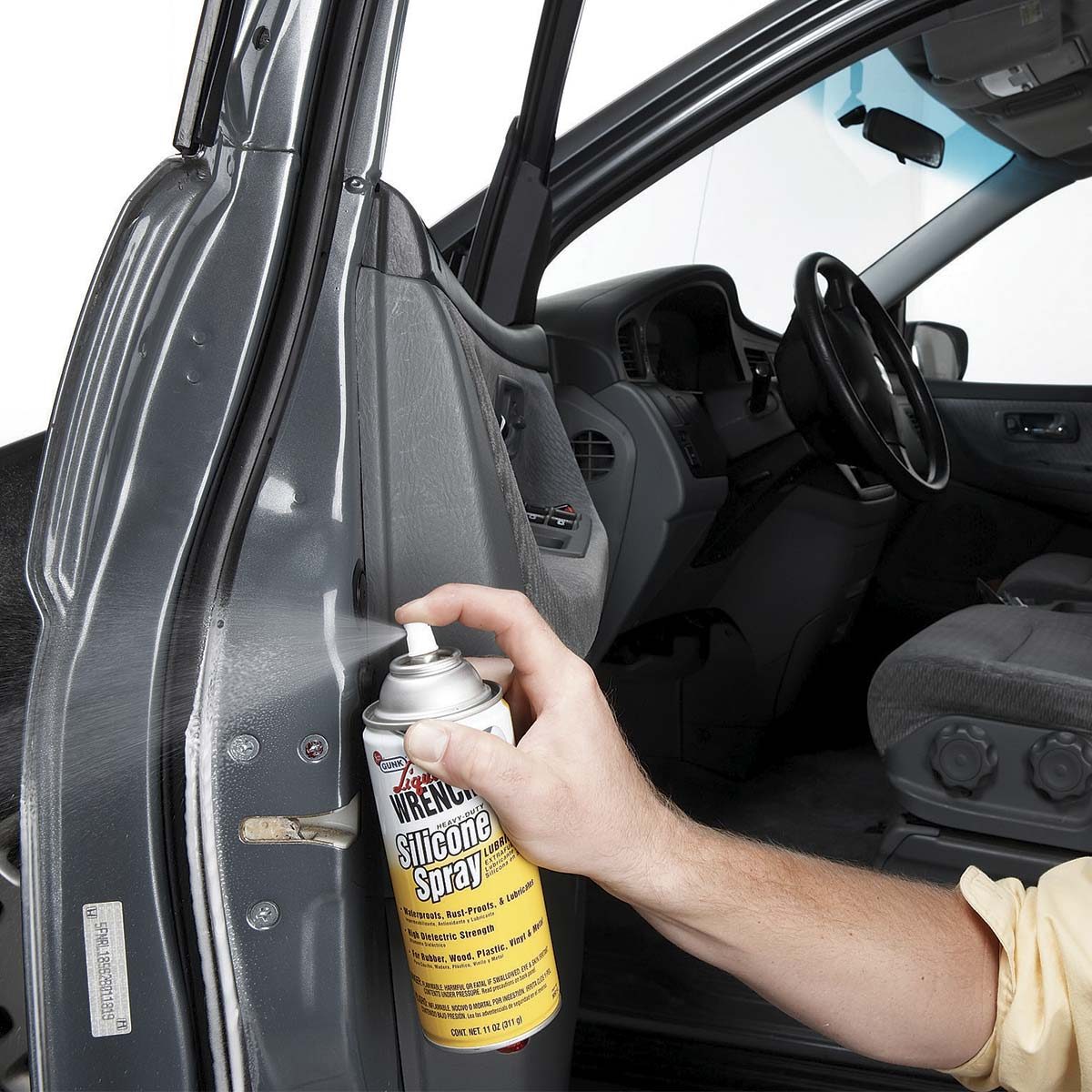
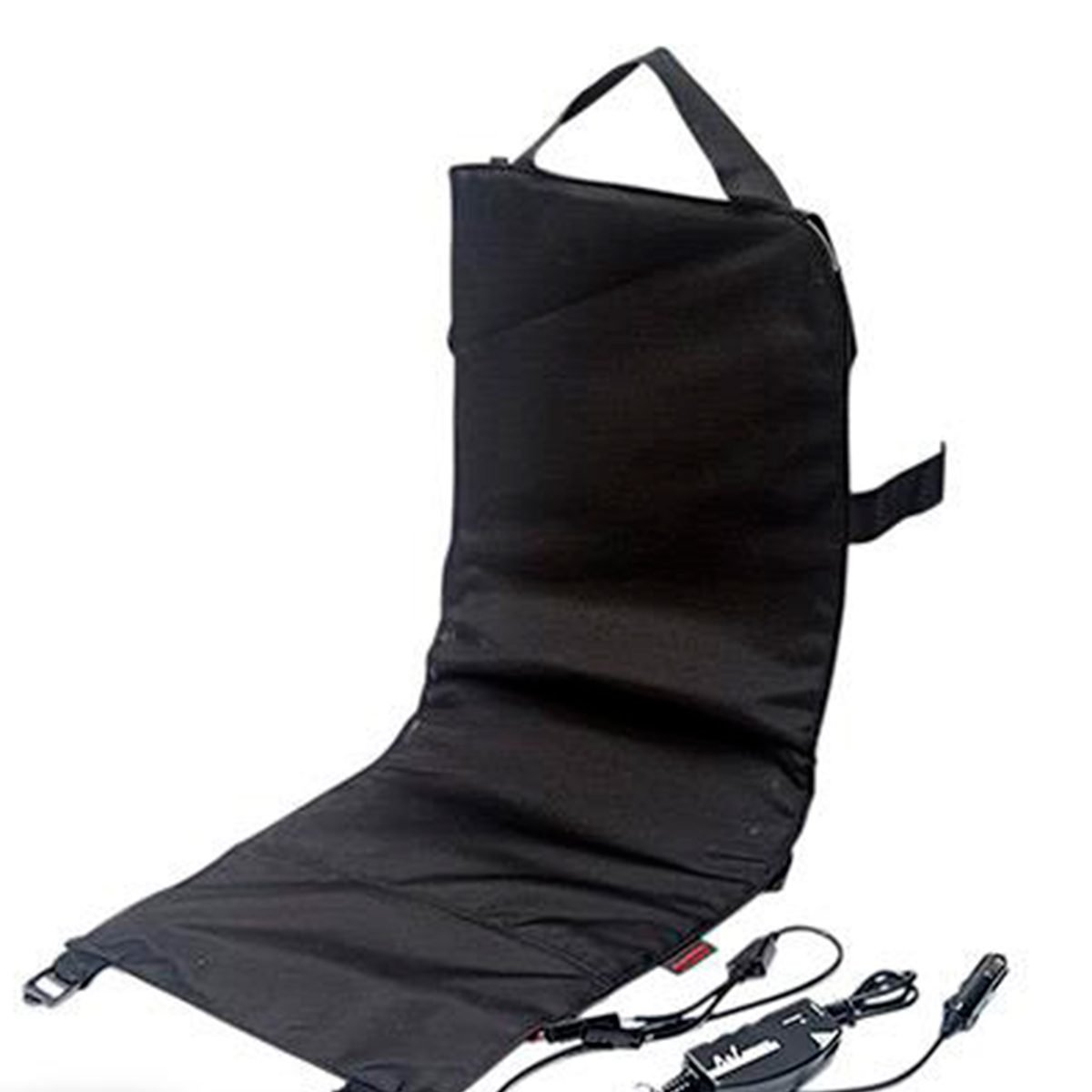

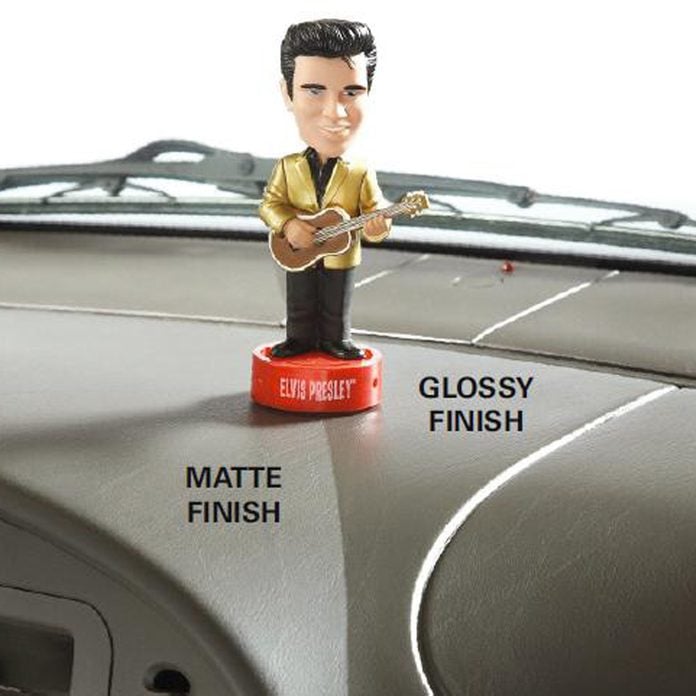
Silicone dashboard protectant sprays leave a slick film on your dash that actually attracts more dust, so you’ll have to clean it more often. Plus, a shiny dash reflects into your windshield. That reflection and glare can reduce your vision, especially at night. That’s why professional detailers use non-silicone matte finish protectants when detailing cars. They still look great and they reduce glare. Here are 11 essential tips for keeping your car clean.

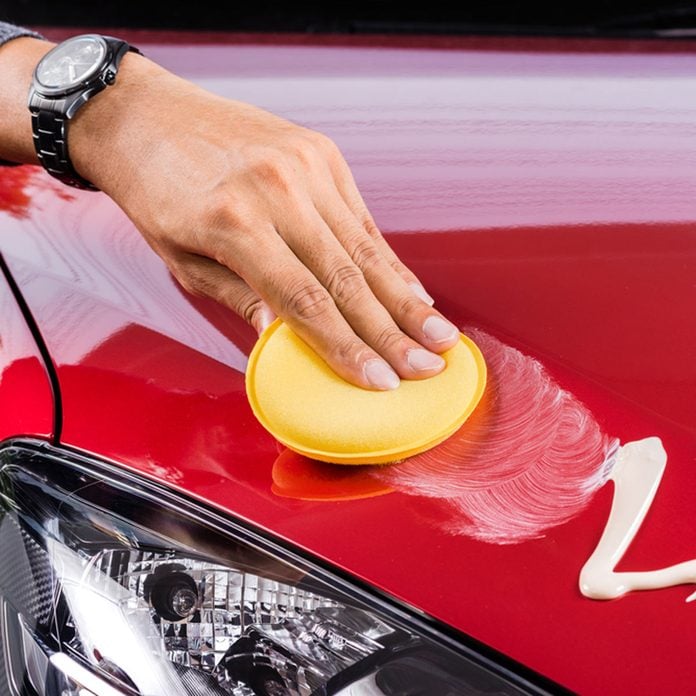
Old style paste waxes look great on antique cars. But they don’t produce the same “wet look” as modern synthetic wax, and they don’t last as long when detailing cars. When car dealers sell paint sealant, they’re really just applying a high-quality synthetic wax, which is something you can do yourself for a fraction of the price. Apply synthetic wax in small sections using a wax applicator sponge.
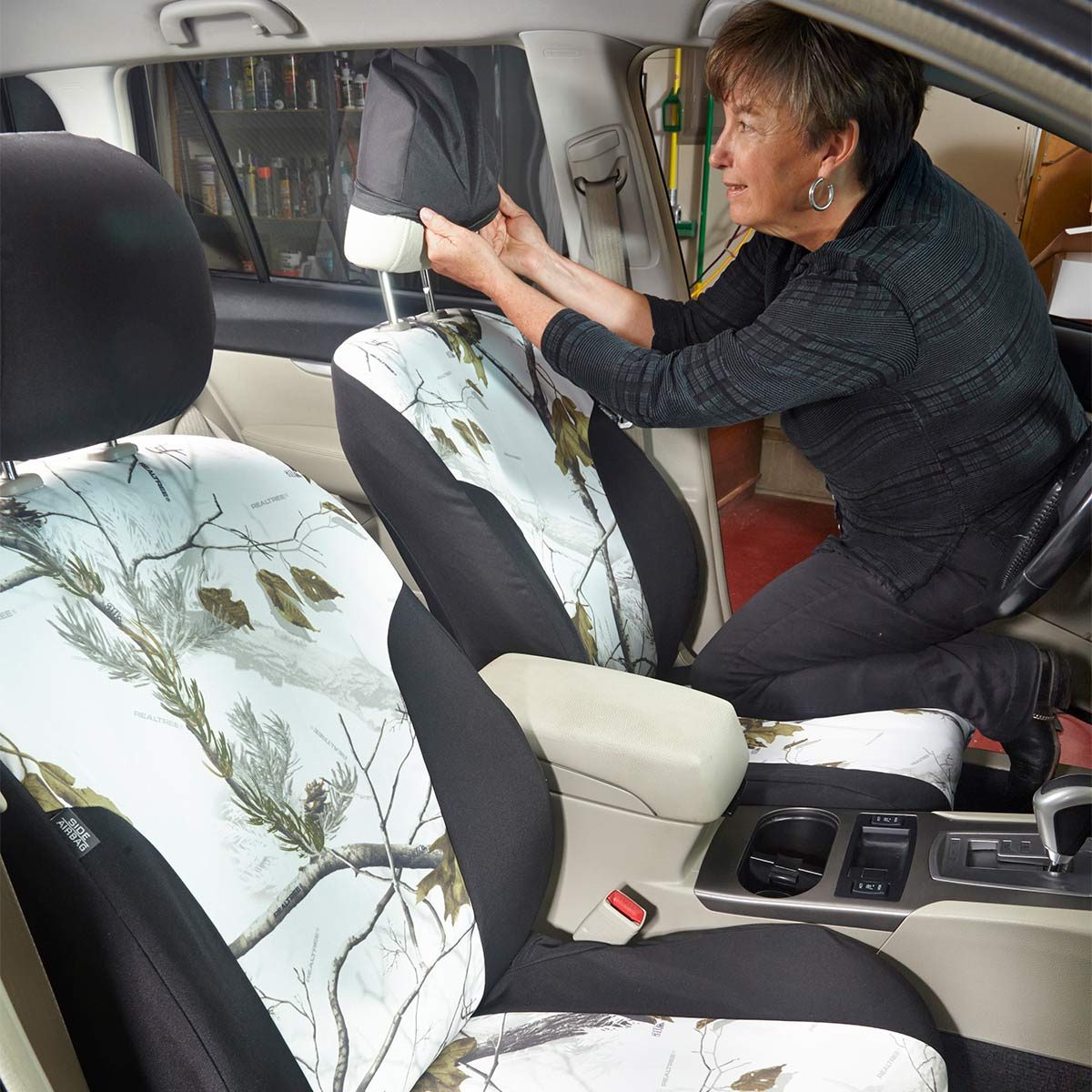
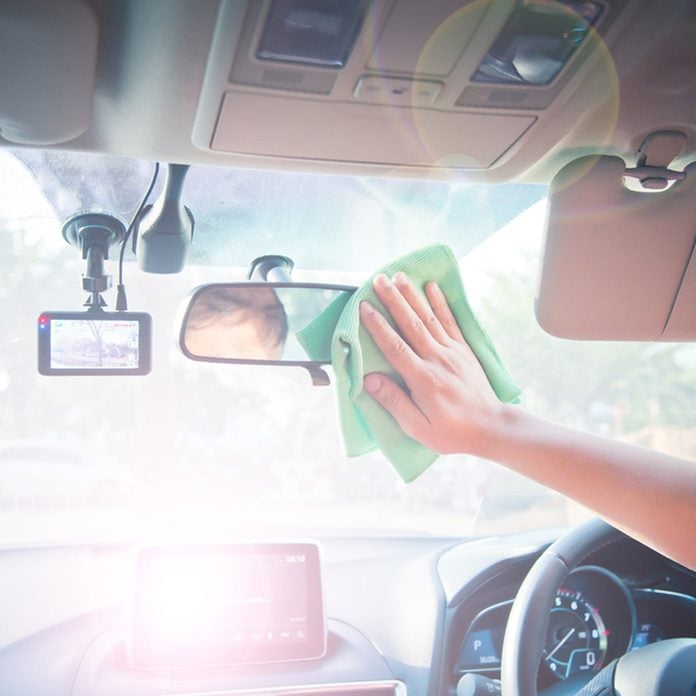
If you cleaned the inside of your windows before you cleaned the dash and applied vinyl protectant, you’ll just have to clean them again. That’s why detailers save glass cleaning until the very end. Cleaning the windows at this point removes all cleaning and vinyl treatment overspray and leaves you with sparkling clean windows. When it’s time to clean the windows on your house, don’t forget these 10 window cleaning tips from a pro.